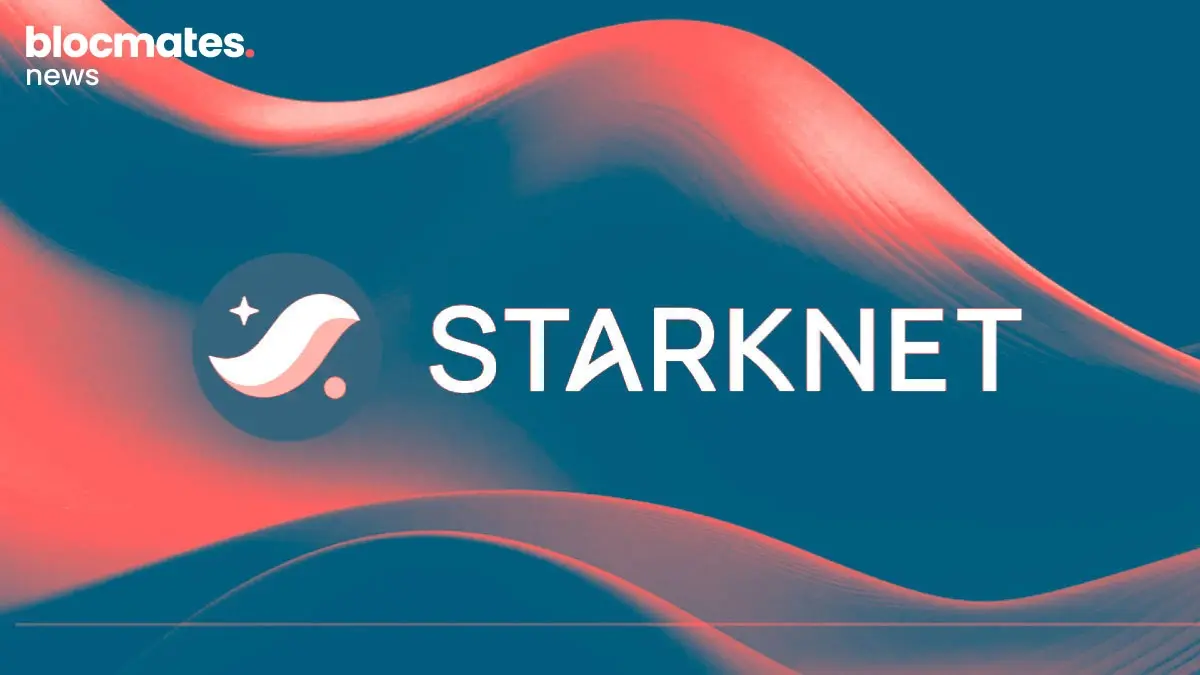We’re all aware of the immense earning potential in DeFi. Not only from speculating on coins but also by generating yield through yield aggregators, lending protocols, LP’ing, and much more. There is no other market in the world that allows you to become something from nothing in such a short amount of time.
Most of you are already well aware of this, which is presumably why you’re here. But most of you would also know the immense risk that comes with the earning potential. Often dubbed the “wild west”, DeFi is an industry filled with landmines. We’ve all stepped on them at one point or another but managed to make it out alive to see greener pastures.
Unfortunately for a lot of institutional and retail folk, they get left with a bad taste in their mouth and often never return. To retain the newcomers and turn them into crypto natives, we need products that cater to their risk appetite. Not only that but there needs to be more transparency around the types of risk as well as their severity.
To solve this, a rising star has emerged in the form of Sector Finance. The platform is live, having launched in early March. Sector amassed $1M TVL within 24 hours, reaching max capacity in all of their investment strategies.
Today, we’ll break it down for you.
Sector Finance: Overview
Sector Finance is an application that builds risk-adjusted structured products for DeFi users. While the protocol is divided into 3 separate categories, the main investment product is the risk-tranched vaults. In simpler terms, what this means is that Sector offers yield-generating vaults which are segregated based on their degree of risk, and the risks involved are transparently expressed to the prospective investor.
As I mentioned earlier, Sector Finance is divided into 3 core sections:
· Risk Engine
· Single-strategy vaults
· Aggregated vaults
Risk Engine
Before going on to the vault strategies, it is important to understand the Risk Engine, also known as the Galileo Engine. It’s at the heart of the protocol. Every investment product is powered by this risk engine which ultimately contributes to their primary goal of demystifying DeFi risk.
DeFi has a plethora of different risks involved and it's very difficult to quantify the probability of a certain risk playing out. But the biggest challenge by far is accounting for black-swan-like events. These are events like major smart contract hacks or stablecoin depegs.
The Galileo Engine tackles this by assessing DeFi risks similar to how insurance companies would assess insurance premiums for catastrophic events. They do this by estimating probabilities and associated losses with such events to come up with a risk probability score.

They divide the risks into 4 distinct categories
· Smart contract risk
· Asset Risk
· Liquidations
· Strategy Risk
For each category, a percentage is assigned to the value at risk over the span of one year, then the individual values are summed together to produce a total Value at Risk (VaR) for a given strategy. This score is from 1-10 with one being the least risky and 10 being the riskiest.
The score can be thought of as an insurance premium for the strategy and the VaR can then be used to find the risk-adjusted return of the strategy.
But how do they evaluate the individual categories?
Smart contract risks look at things like bugs, hacks, and exploits on smart contracts. To start with, the engine looks at prior smart contract events in DeFi as a whole. With this data they get an average probability of losing funds after which they look at data specific to the protocol and the sector that the strategy is executed in. Over here, data such as audit information, team experience, age of contracts, bounty programs, complexities and dependencies of the contract, the core functionalities of the contract extrapolated into a list of possible risk events such as liquidations or oracle manipulations, and other similar things.
All of this data then comes together in the risk engine to generate a score of risk specific to the strategy being executed.
Asset risk refers to the risk of things like bridge hacks or large depeg events. Sometimes a strategy may rely on multiple underlying assets and with this comes additional risks. If the strategy involves bridging or using bridged assets then things like historical bridge hack data and bridge health are taken into account. If dealing with stablecoins then depeg probability is taken into account. Other stablecoins with similar peg mechanics are looked at and data from prior depeg events are taken into account to come up with a risk score.
Liquidations are primarily taken into account when a strategy is borrowing funds. One of the biggest concerns here is sudden sharp price movements causing cascading liquidations. To assess the risk of such events, the risk engine takes into account the underlying liquidity and volatility data of the asset in question. Based on this each strategy has a set health threshold which can be adjusted based on risk preferences.
Strategy risk is a bit more straightforward. Strategies that bet on volatility are inherently exposed to high risk, even more so in DeFi. Therefore, rigorous backtesting is done under various market conditions to identify the potential value at risk for the different strategies.
All of these categories mentioned above are brought together in different combinations (depending on the strategy) to get a final VaR score from 1-10.
Okay now that you understand how the Galileo risk engine works let's get into the strategies that this engine powers.
Strategies
There are 4 key strategies that Sector Finance uses.
· Delta-neutral LP
· Leveraged delta-neutral LP
· Leveraged Convex strategies
· Lending
Delta-neutral LP: This is essentially a hedged market-making strategy on AMMs. The strategy deploys liquidity on an AMM and automatically rebalances the LP position when it moves closer to the impermanent loss limit. Let’s take a look at an example.
Suppose a user deposits USDC. The strategy deploys a portion of the USDC into a money market like AAVE or Compound and borrows ETH. The USDC & ETH is then deployed on a DEX where the positions are constantly rebalanced. Since the ETH is borrowed, it may be exposed to liquidation if the price draws down too much. This is combated by the automated trading bots which ensure that the amount provided on the DEX remains as close as possible to the amount borrowed. This creates a delta-neutral position ensuring that the strategy is not affected by large swings in ETH price.
This is the performance of such a strategy.

Leveraged delta-neutral LP: This strategy provides leveraged delta-neutral liquidity to stable and volatile pairs through several protocols. There are protocols such as Tarot Finance and Impermax which let you participate in single-sided leveraged yield farming on Uniswap V2 pools. A typical strategy looks like this.

The strategy deposits $100 to Impermax and $150 is borrowed from the USDC pool and $250 from the ETH pool. This 250 USDC and $250 ETH is then deposited into a pool on Uniswap and the position is managed similarly to the strategy mentioned previously.
Leveraged Convex strategies: For those of you who know about the Curve wars, you might be aware of Convex and the lucrative rewards that it provides. The leveraged convex strategies deploy curve LP tokens on Convex to farm rewards via Convex while using Gearbox to lever up. If that was too much for you, don’t worry, I’ll slow it down and explain it through an example.
The strategy has $100 and deploys it into Gearbox, allowing it to borrow an additional 500 USDC. This $600 can be divided into sUSD & USDC for example and deployed into the sUSD/USDC Curve pool. The LP token is then taken to Convex where it is used to farm rewards.

Lending: If you’ve done yield farming on money markets before then this strategy will be fairly straightforward for you. The strategy simply deposits assets into different lending pools including leveraged lending products and bridges LPs to farm an external token as a reward.
A basic strategy example would be taking USDC and automatically depositing it into a lending liquidity pool. Based on the utilization of pool funds that LP will earn rewards. The user then receives the collateral plus the harvested rewards once they withdraw.
These strategies mentioned above are then proliferated to customers through 2 products. The aggregator vaults & the single strategy vaults
Aggregator Vaults
Aggregator vaults do exactly what their name suggests, they aggregate single strategies into different risk-tranched vaults. Let's look at USDC for example. There will be multiple USDC strategies with varying levels of risk. These strategies will be aggregated into vaults which are either junior tranche or senior tranche. The Junior tranche is a higher risk while the senior tranche is a lower risk.
The flow of the aggregator vaults works a bit like this. A user deposits the underlying assets in a vault according to their risk appetite. The risk engine then determines the highest-yielding strategy for each tranche and automatically deploys capital to those strategies. All profits are converted to the underlying and auto-compounded. The subsequent withdrawal process then occurs in two stages to prevent price manipulation of the vault tokens.

It is also worth noting that these aggregator vaults not only aggregate single strategies but also other aggregator vaults.
Single-Strategy Vaults
The aggregator vaults completely automate and execute different strategies in the background, and while this is useful for some, there’s a large subsect of users who may want to have a little more control over their capital deployment. Therefore, single-strategy vaults are made available.
All the strategies in the aggregator vaults are made available individually for users to directly deposit into. It is still the same one-click execution and passive yield generation but rather than the capital being dispersed into many strategies it is concentrated in one strategy.
These vaults are safe from flash loan manipulation and provide user-defined slippage protection. Additionally, they provide protection from sandwich attacks.
When it comes to the flow of the product, it works like this.

Users deposit the underlying assets into the respective vault, and the vault automatically deploys the capital and generates yield. All the profits are generated into the underlying and are auto-compounded. The users can also withdraw instantaneously.
This covers the crux of the protocol architecture and mechanics, now let's get into the DAO structure of Sector Finance.
DAO
Sector Finance will have its own native token $SECT, which we will discuss in further detail after understanding the general structure that’s in place for the DAO to maintain the non-custodial nature of the protocol.
Since Sector Finance is a product which requires constant adding, removing, and changing of strategies, there needs to be a set way to do it so the protocol remains non-custodial. Therefore, when changes are being made, they will be done behind a timelock contract. Each timelock contract will have a 5-day duration and the DAO will vote on whether the change should pass within the 5 days. If it passes, the contract goes live, and if it doesn’t, the change is cancelled.
The architecture looks a bit like this.

The $SECT token will be the utility token of the protocol with the primary function being vote-escrow. Holders of SECT can lock their tokens for veSECT and then vote on where the protocols fees & emissions should be directed.
The token will launch on Wednesday 29th March at 1:00 PM EST in partnership with Camelot DEX. The public launch will end on Friday, March 31st 1:00 PM EST. In this partnership with Camelot, early depositors and xGRAIL holders will be able to participate in the whitelist launch.
It will be a fair launch price discovery model with a min total commitment of 1.5M USDC and a max total commitment of 4M USDC. If sales end up lower than 1.5M then Sector Finance will absorb the remaining tokens.
The total supply of SECT is 100,000,000, of which 10% or 10,000,000 will be allocated to this public launch.
Another development to keep in mind is the incentivized vault offering.
When Sector launched on the 6th of March, it came with an incentivization period where early depositors in the incentivized vaults get rewards distributed to them at the end of the incentivization period which is in April.
Initially, the total SECT supply on offer for these incentivized vaults was 1% of the supply but it has now been increased to 2% of the supply.
So now early depositors will earn veSECT and bSECT in addition to the yield that they will be accruing from the vault strategy. Now you already know what veSECT is, but bSECT refers to tokens that can instantly be converted to SECT at the value determined via the fair launch.
Now that you understand the main aspects of Sector, let's take a peek behind the scenes and learn about the people who made it all possible.
Team
The team is experienced, sharp, and extremely talented. Although they do have more members in the team, for this article we will only talk a little bit more about the founders.
Flashloner – Co-Founder
Flashloner has a background in Mathematics, Computer Science, and Quant trading making his expertise perfect for what Sector Finance is looking to accomplish. His prior experience is being a blockchain developer and crypto consultant for 6 years.
Saga – Co-founder
Saga also has a background in Computer Science and is a self-proclaimed DeFi degen. He has been in the space for 5+ years working as a frontend and dApp developer.
Peter Bread – Biz Lead
He has worked in investment banking on the Financial Institutions coverage team and has M&A experience in Big Tech. He is now bringing his expertise over to Sector Finance.
Community
The strength of the team directly reflects in the vibrant community of Sector Finance. They have a small yet very active and dedicated community. The conversation is a good mix of serious fruitful discussions mixed with some community-specific memes and banter to lighten the mood.
The team is always very proficient and quick to respond to everyone in the discord and creates a very welcoming atmosphere in general. Whether you are a beginner or a sophisticated participant, you will certainly have a good time in the Sector Finance community.
Concluding thoughts
The power of Sector Finance for me stems from its simplicity, not just from a UI/UX perspective but also in terms of the product. Vault strategies are not necessarily a new concept. There are a ton of protocols doing this, but Sector identified one key missing ingredient amongst all of these protocols. Risk transparency.
By creating a sophisticated risk engine which is integrated into the vaults, you can now cater to a much larger audience. It is not only limited to the few DeFi native degens anymore. I believe as they grow larger, they could potentially set an industry standard where risk transparency is at the forefront since it is one of the leading deterrents for people in this space.
Demystify the risk and the people will flood in. This is exactly what Sector Finance is doing. Keep your eyes on this one.





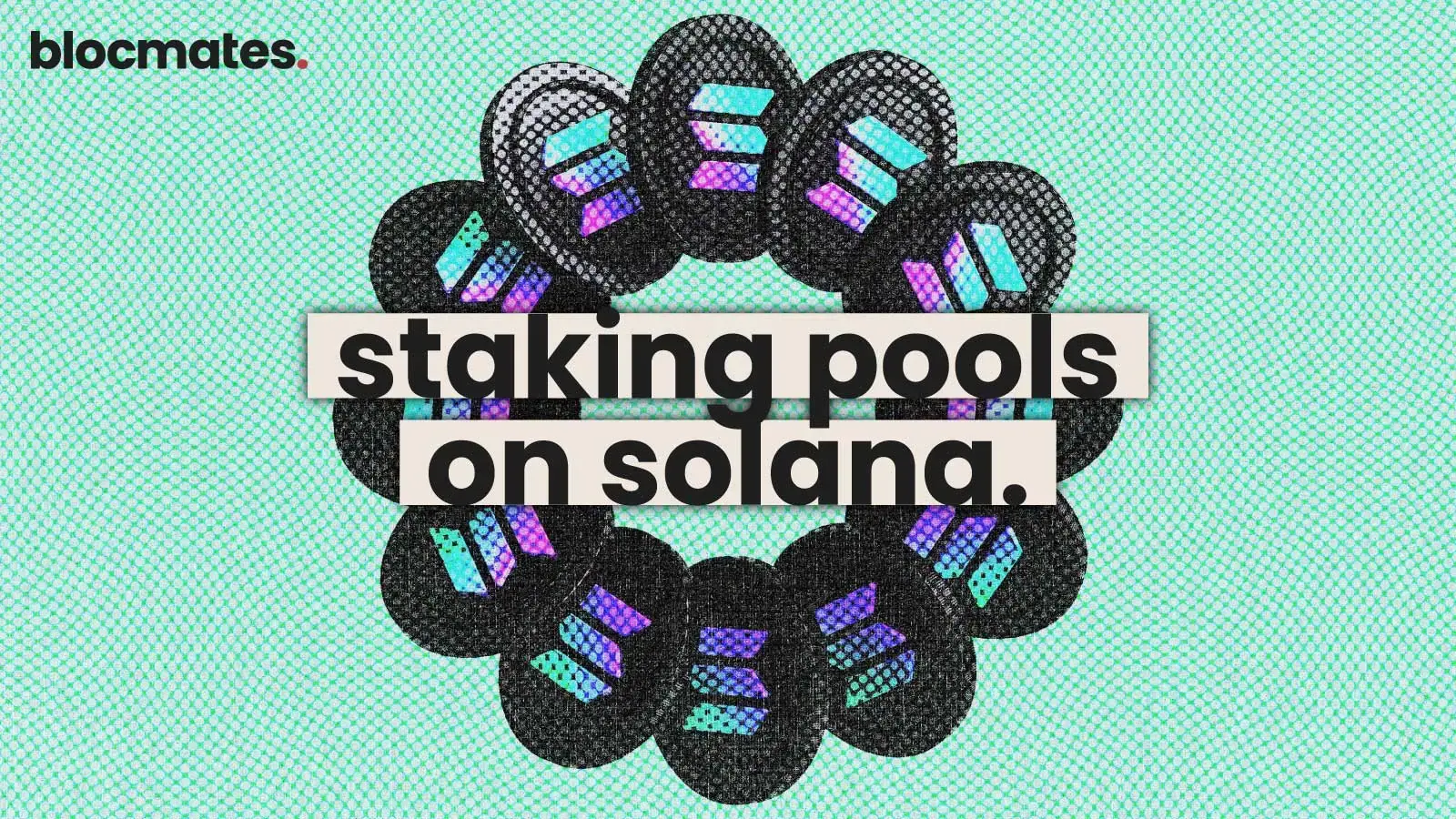





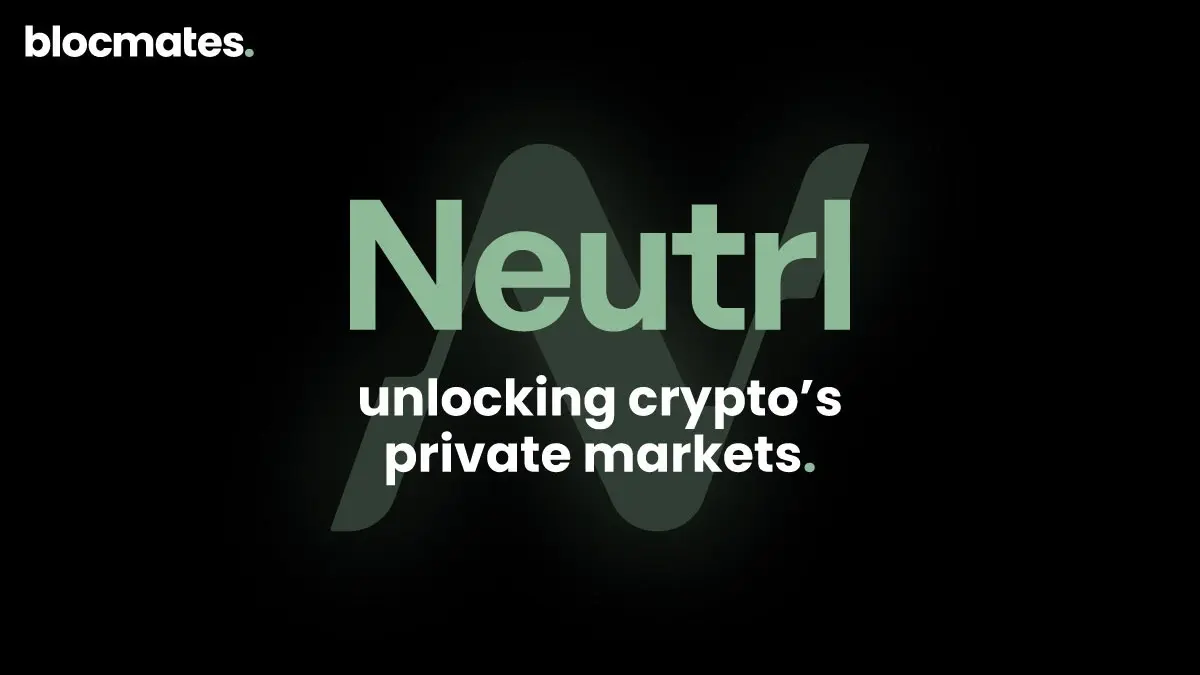


.webp)

.webp)
.webp)

%20(1).webp)
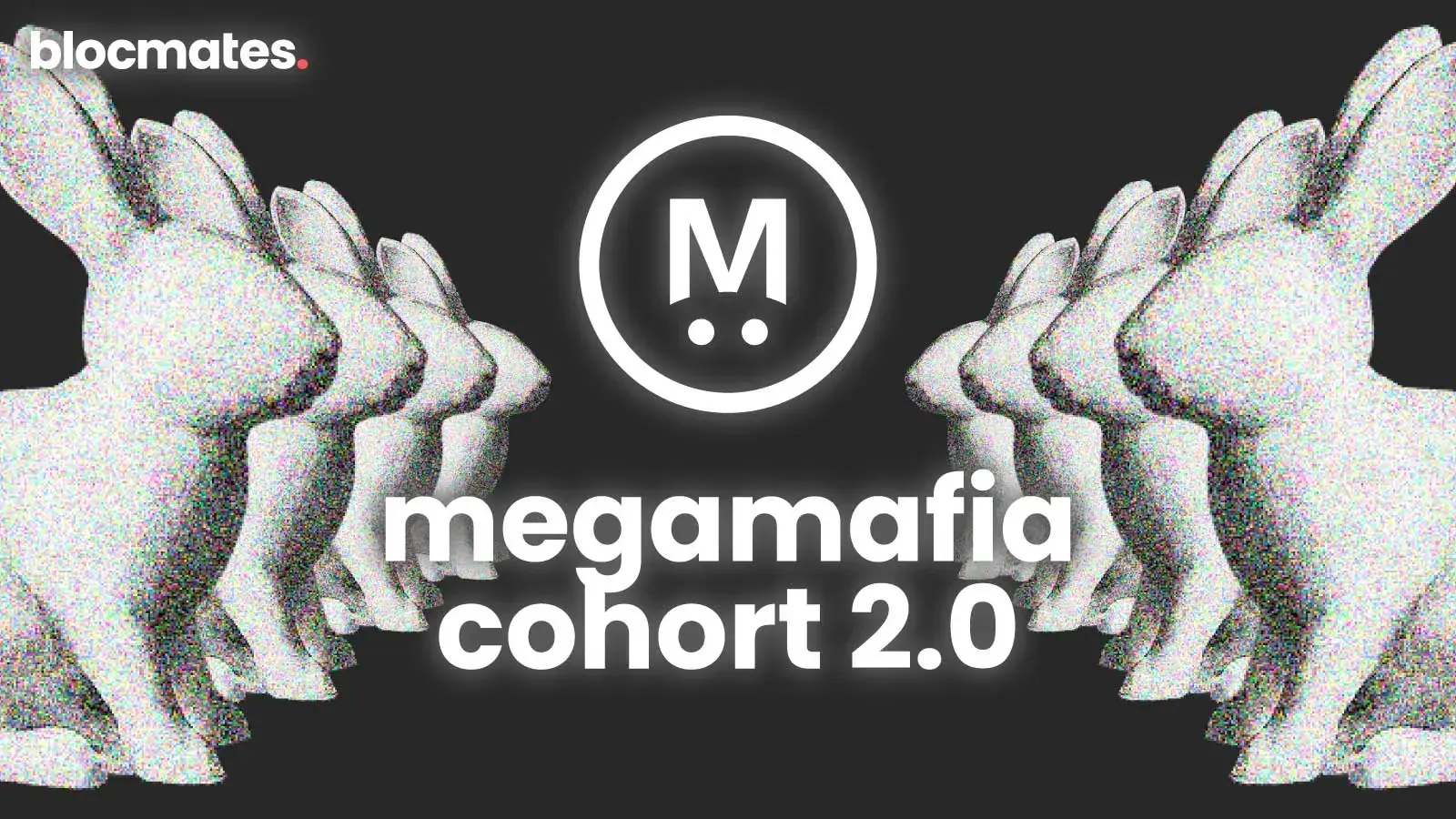
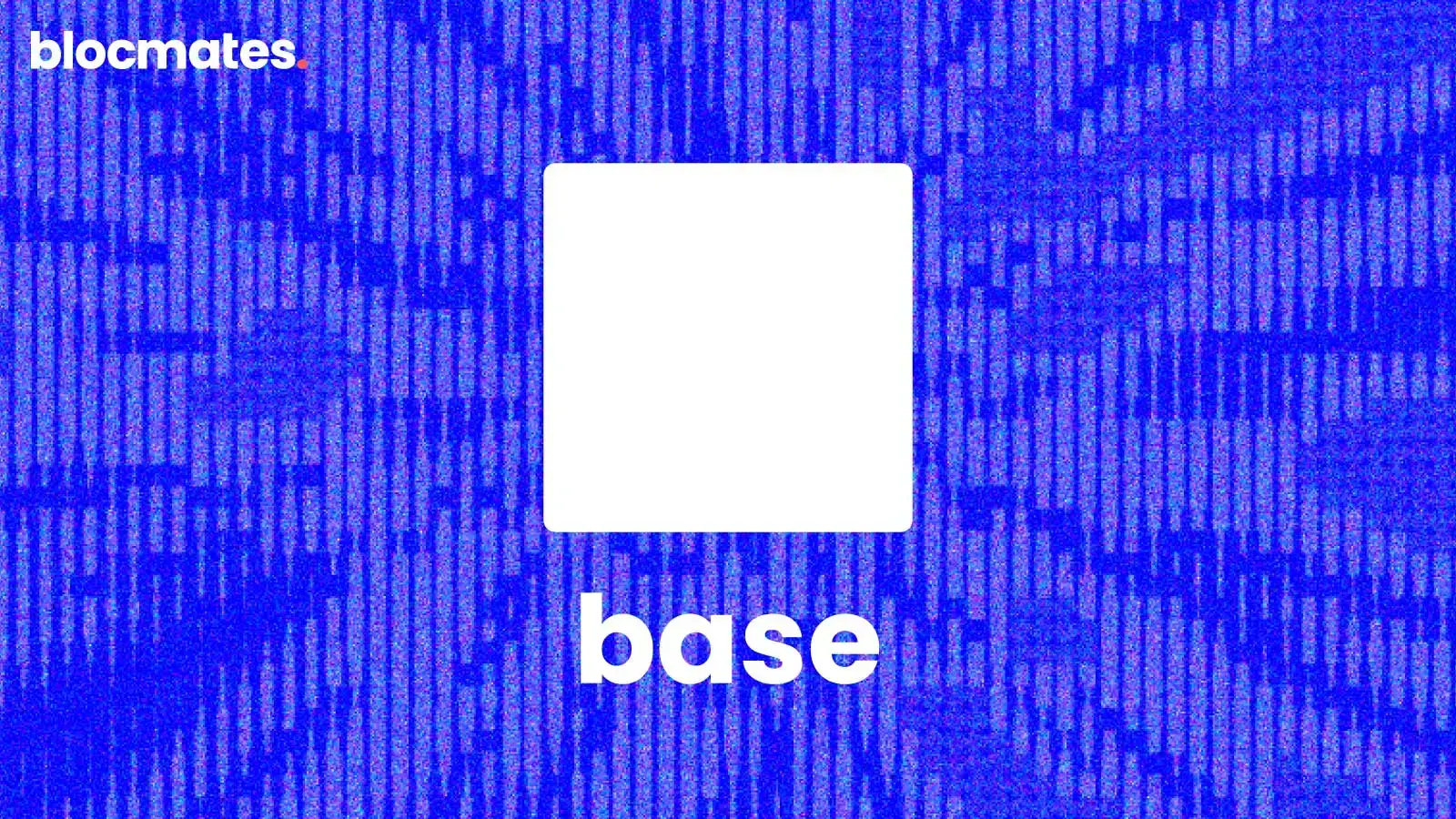
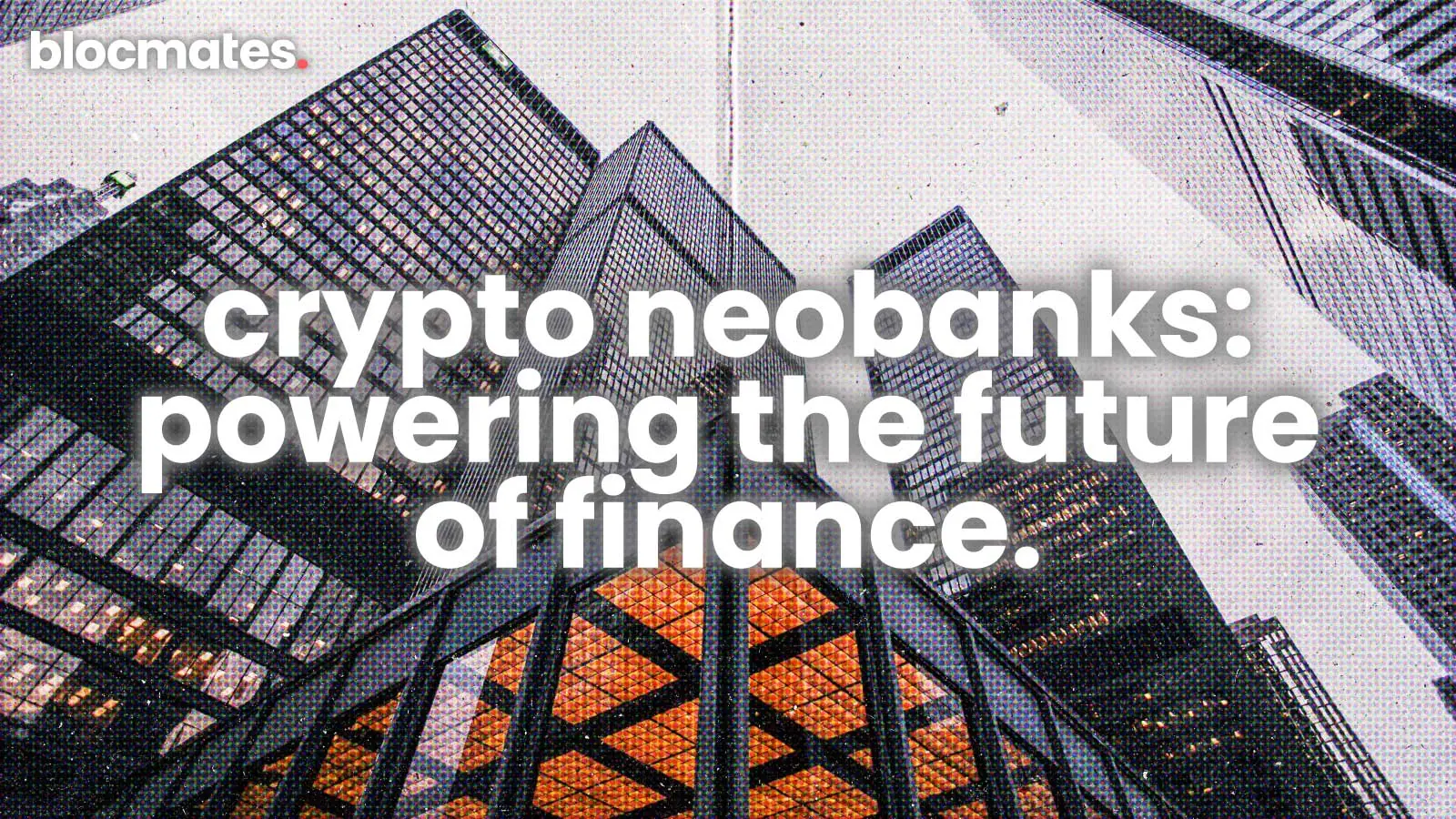


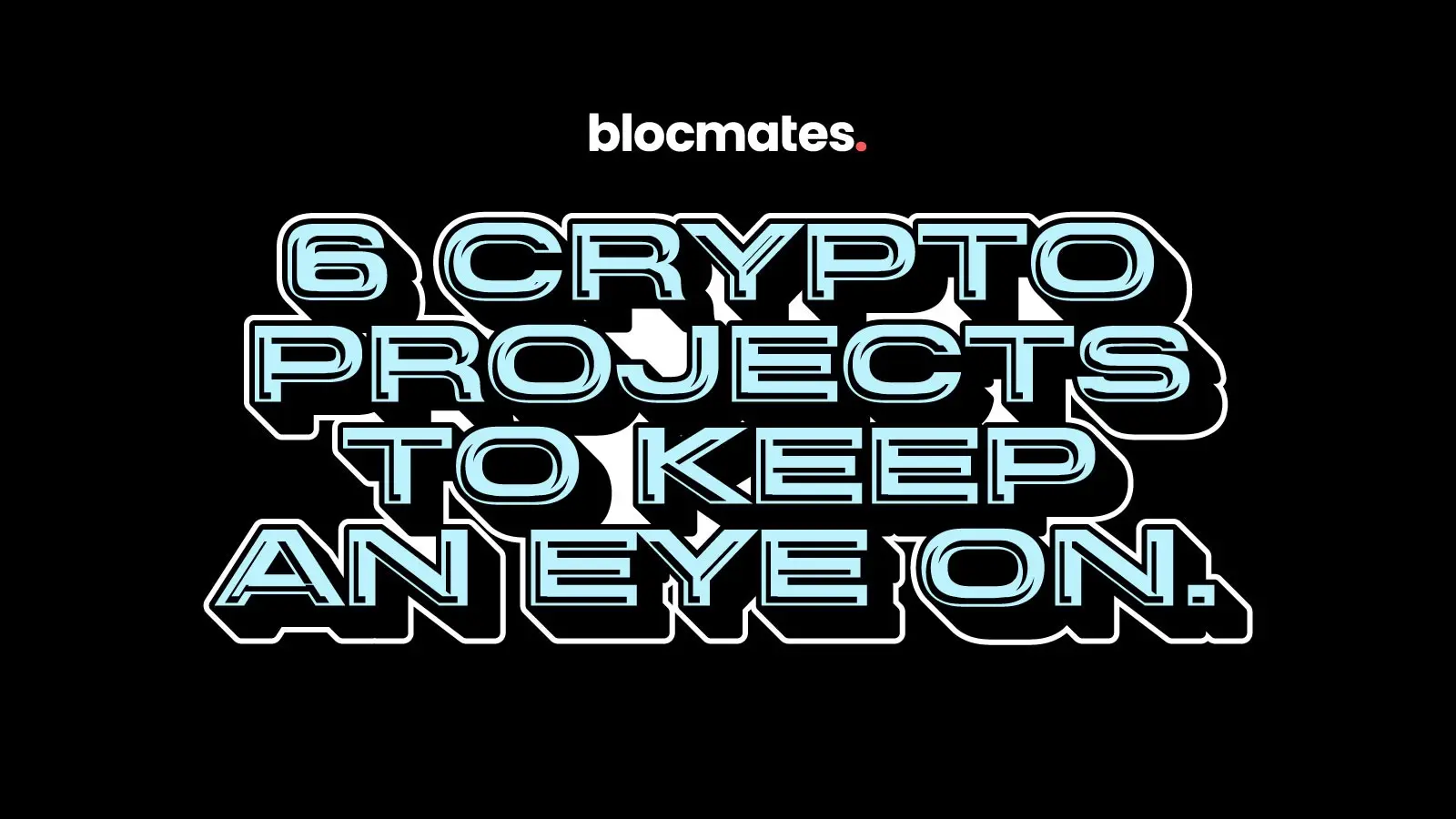
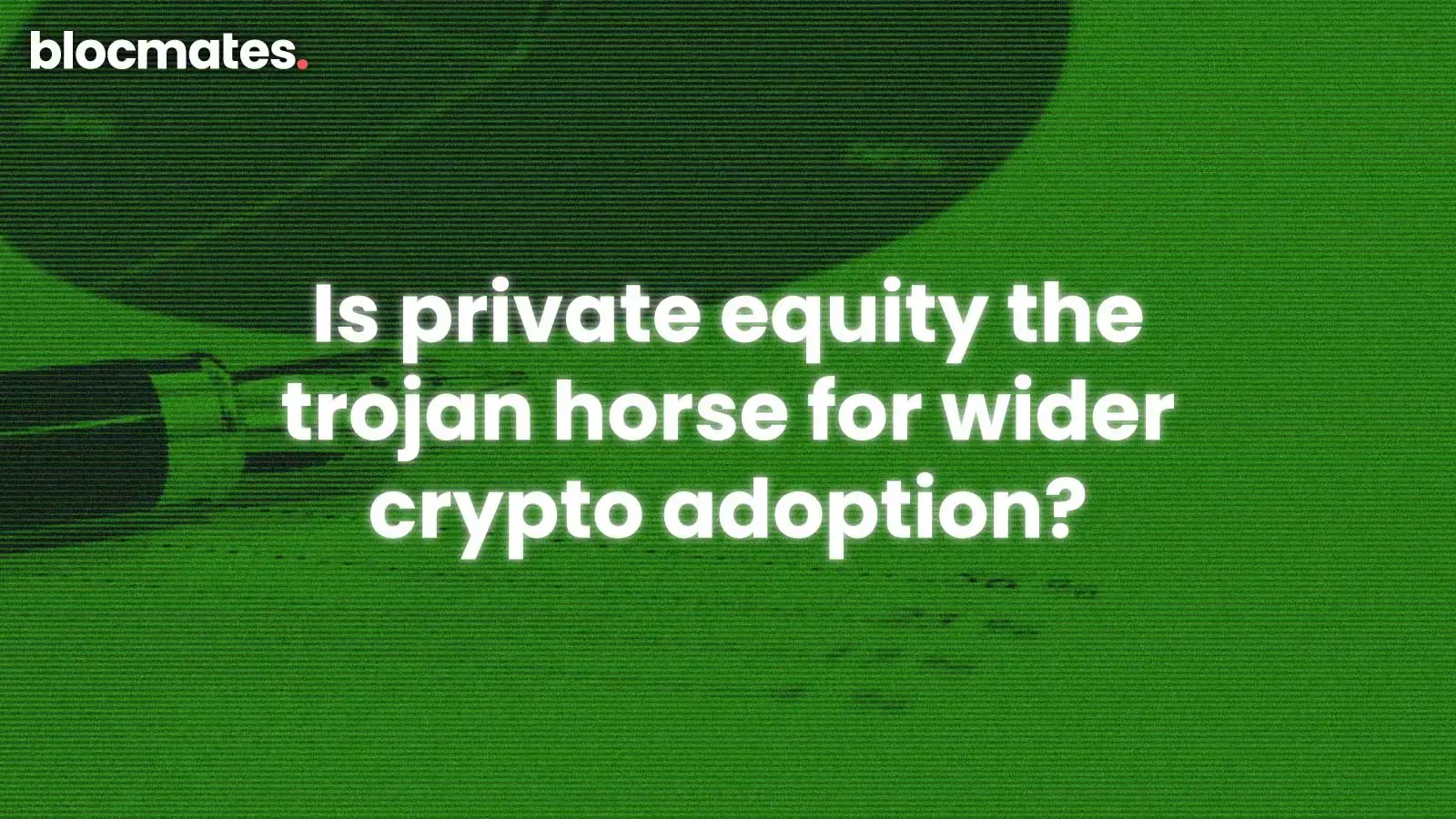


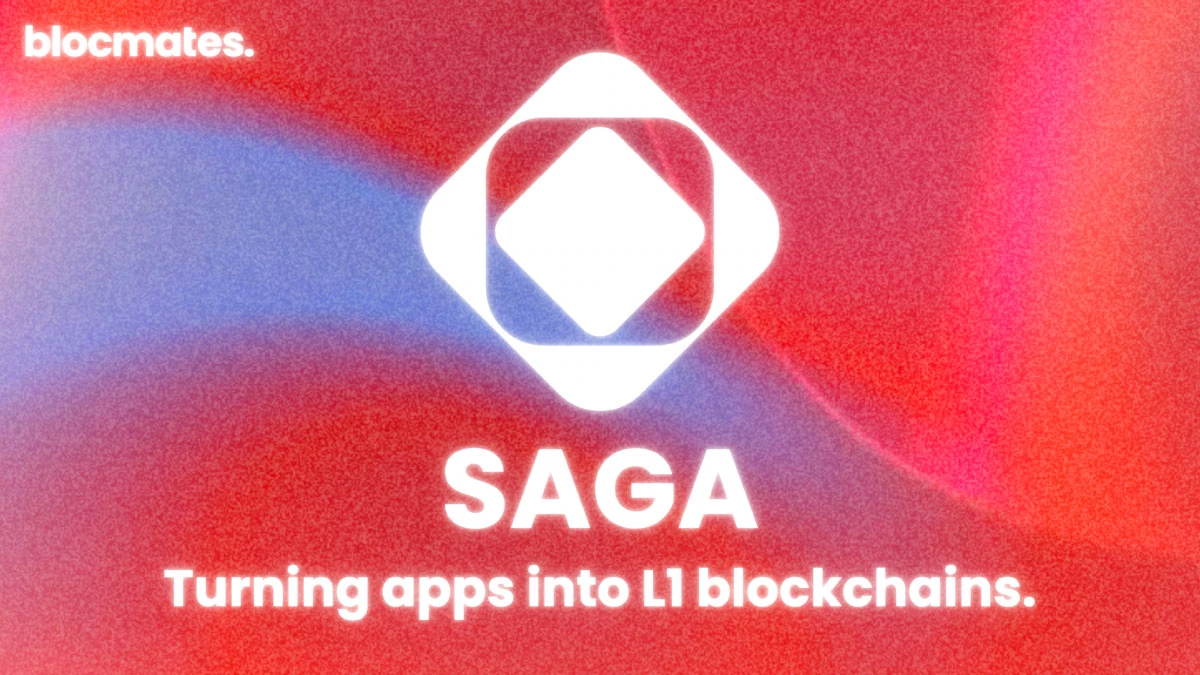


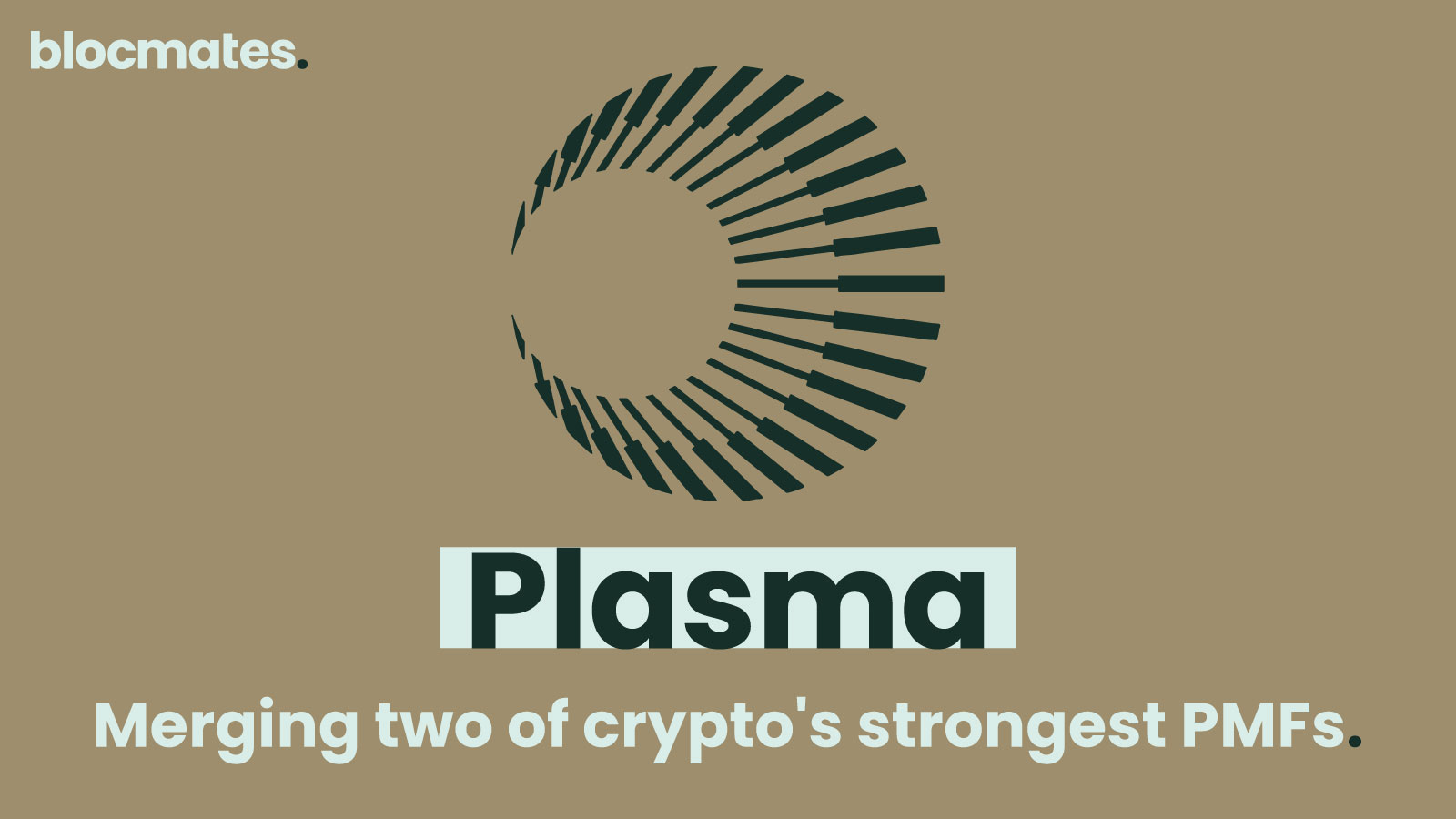

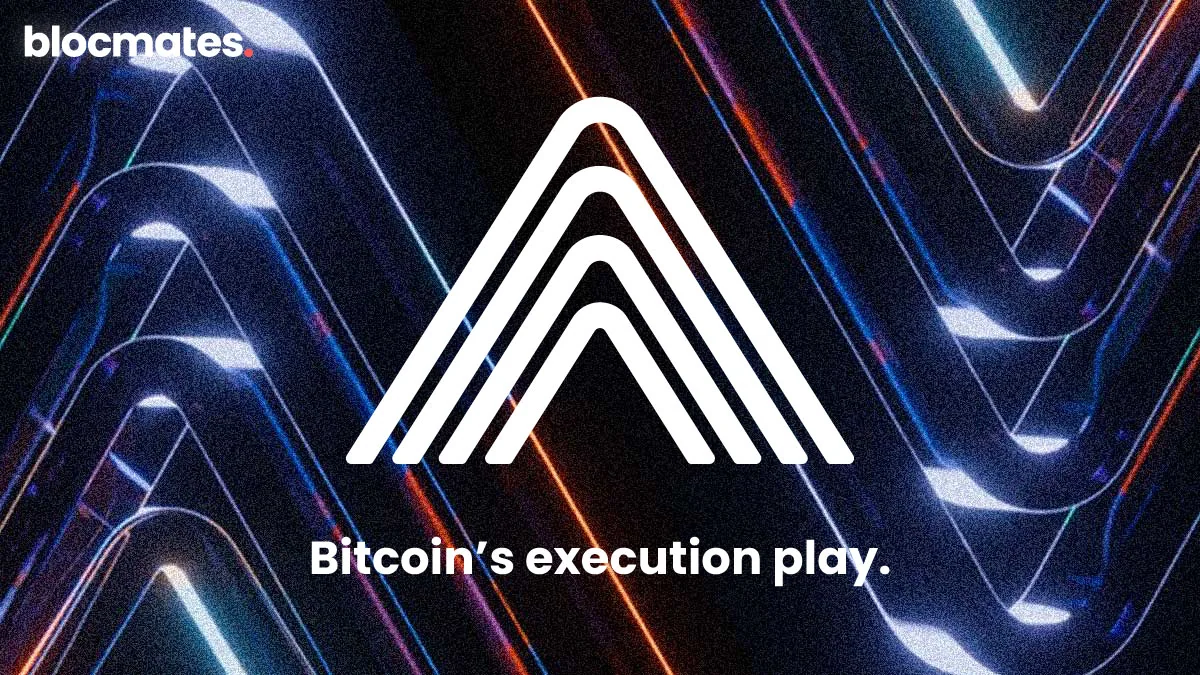

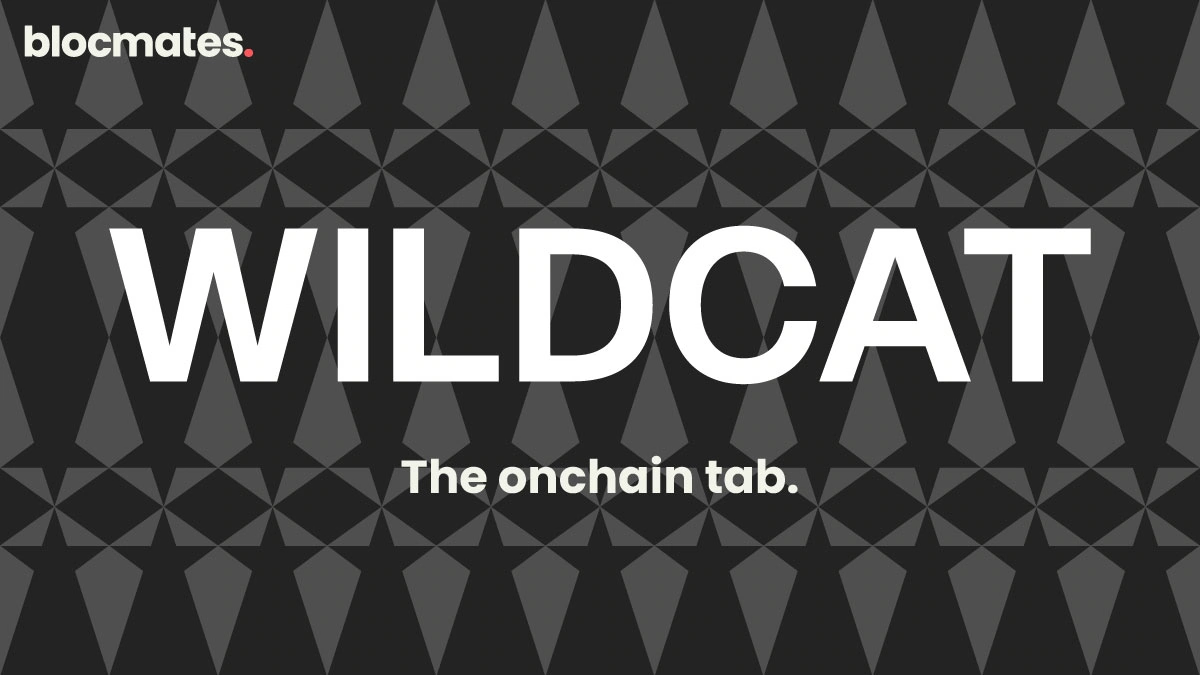
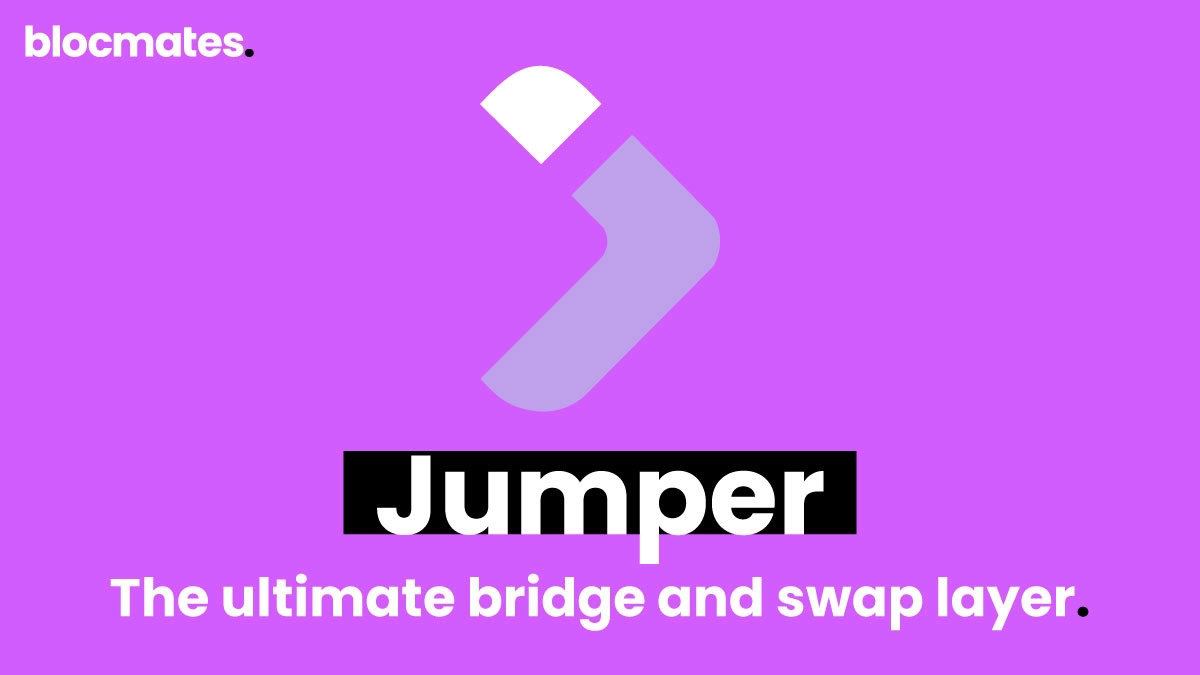
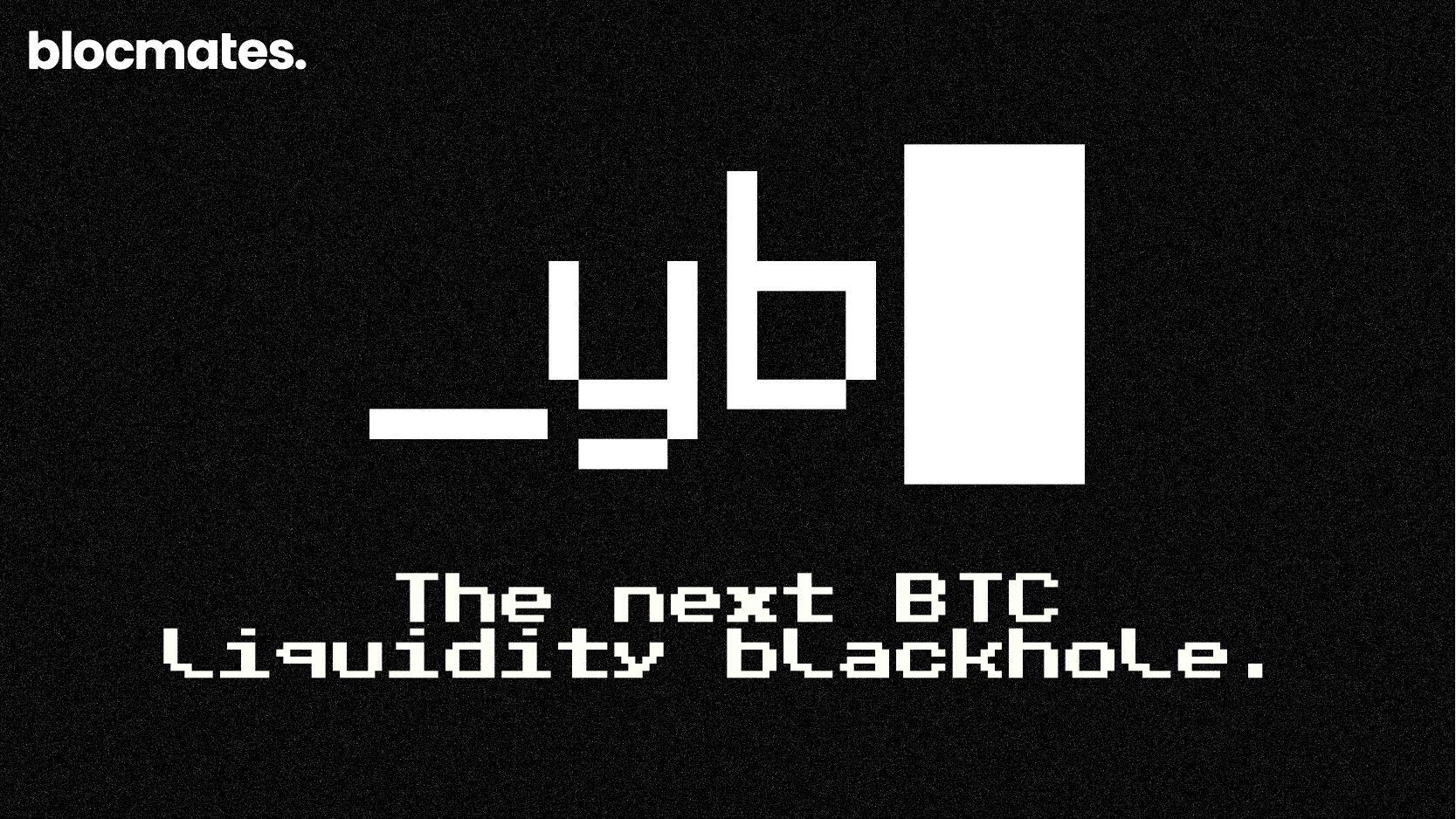
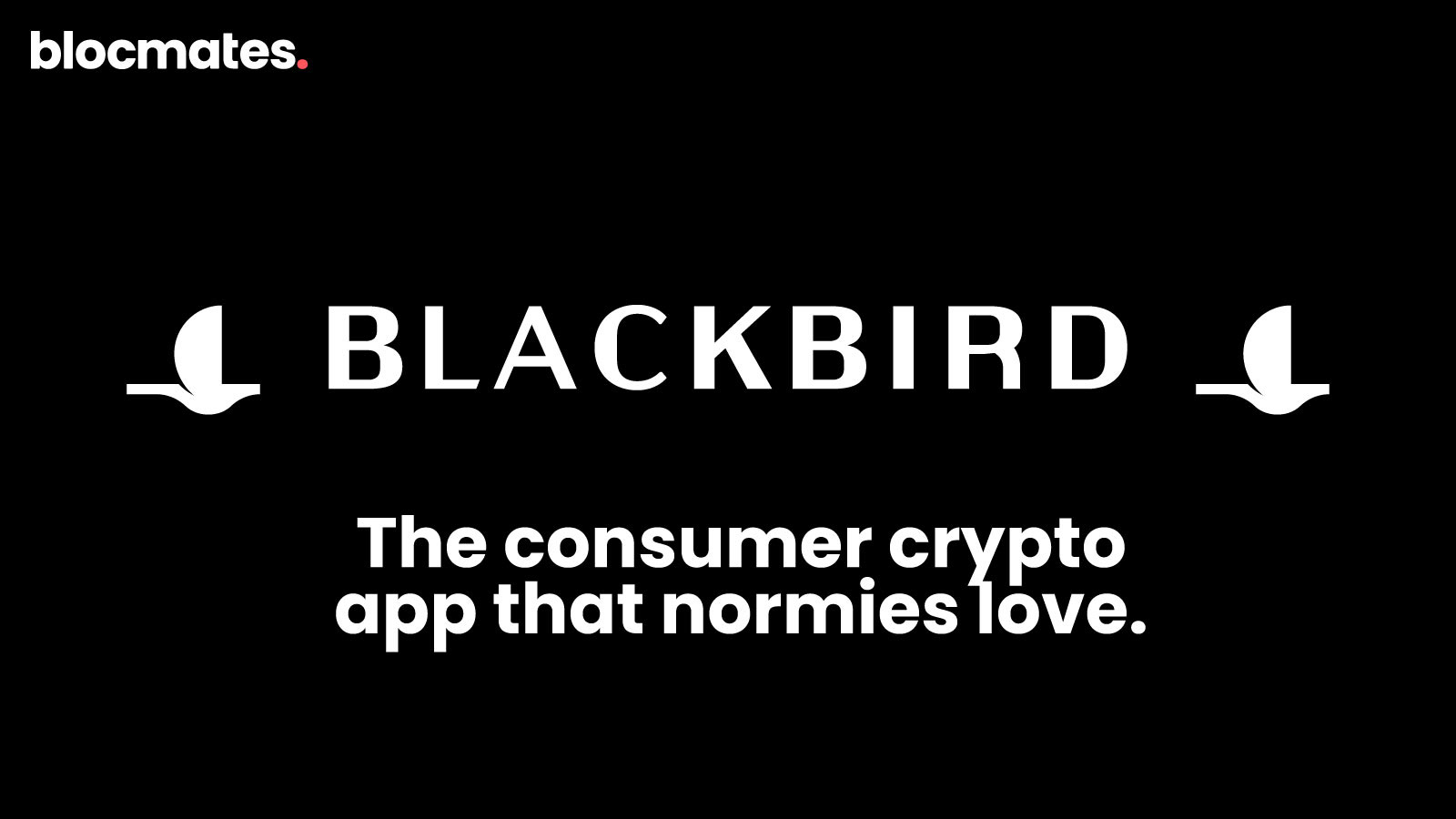
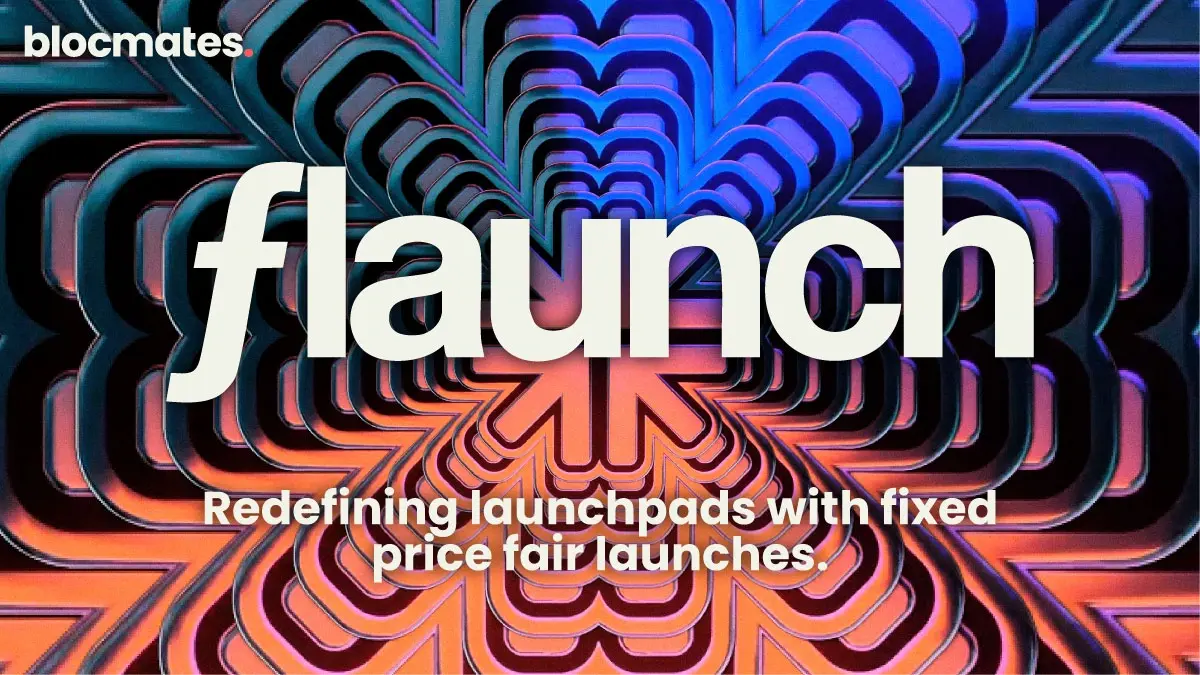

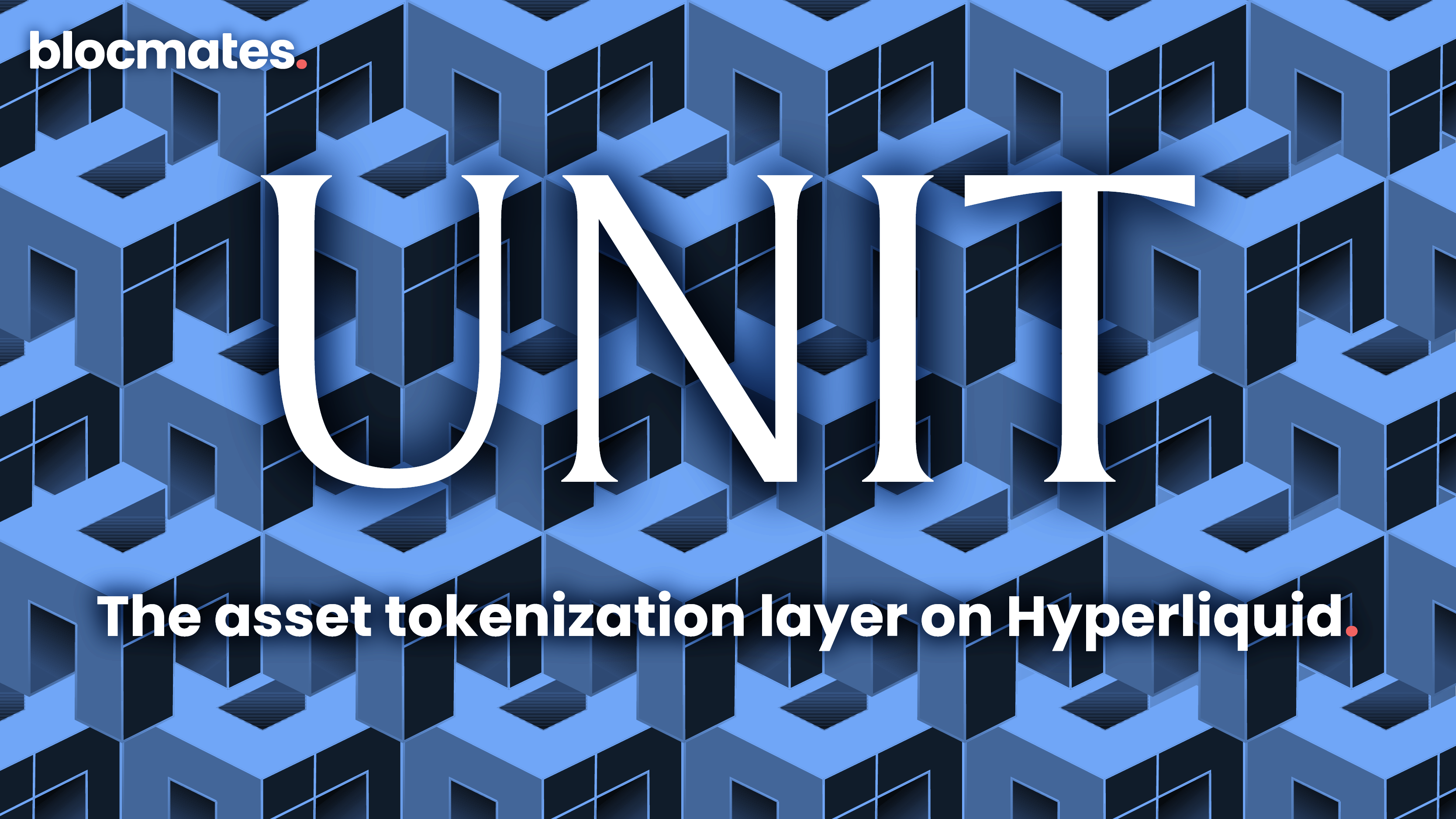




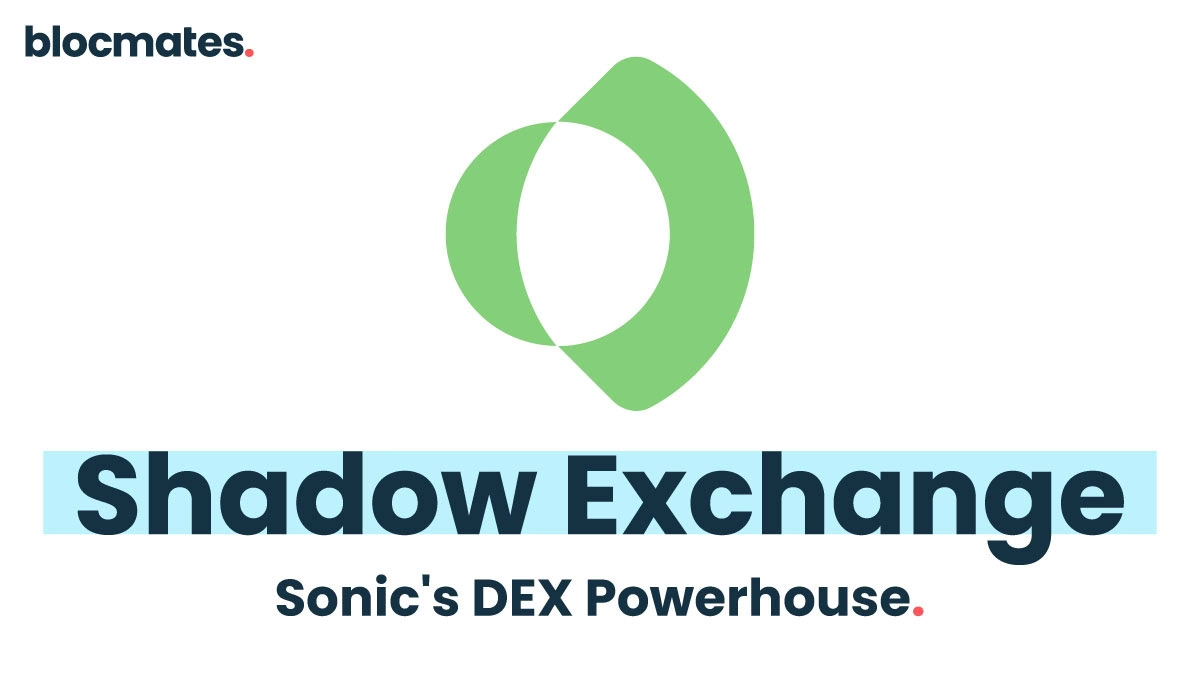


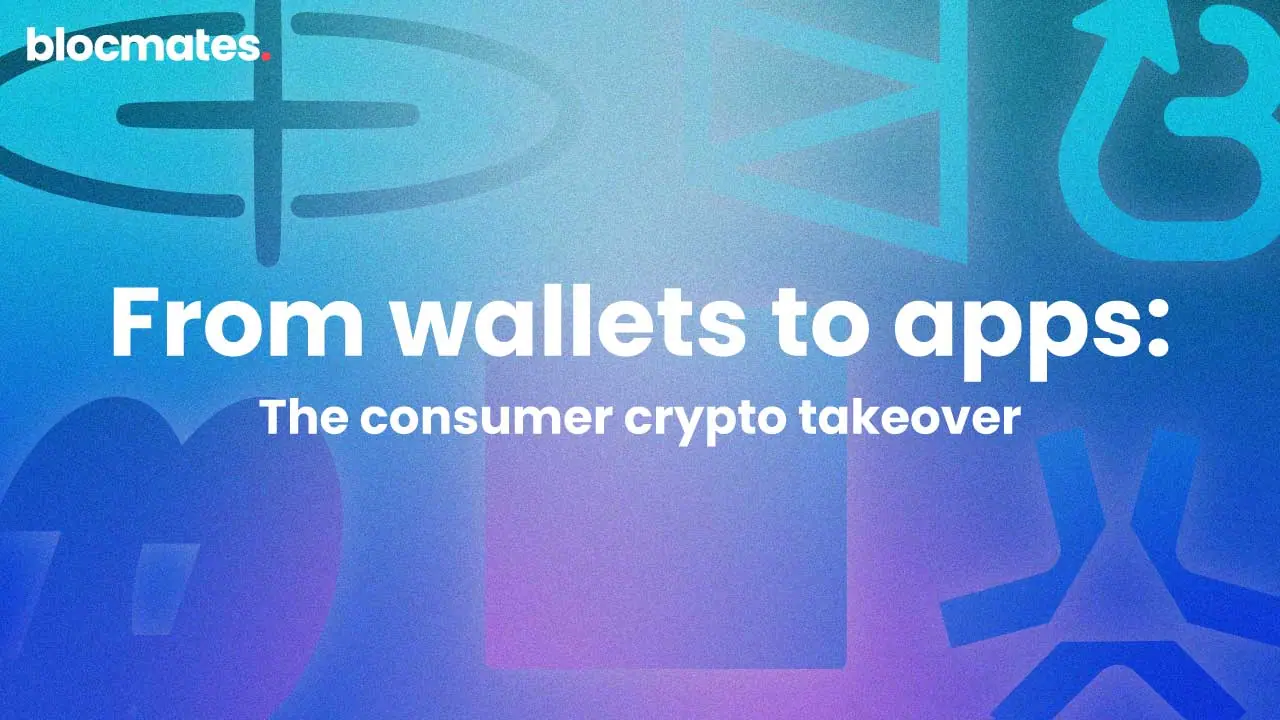




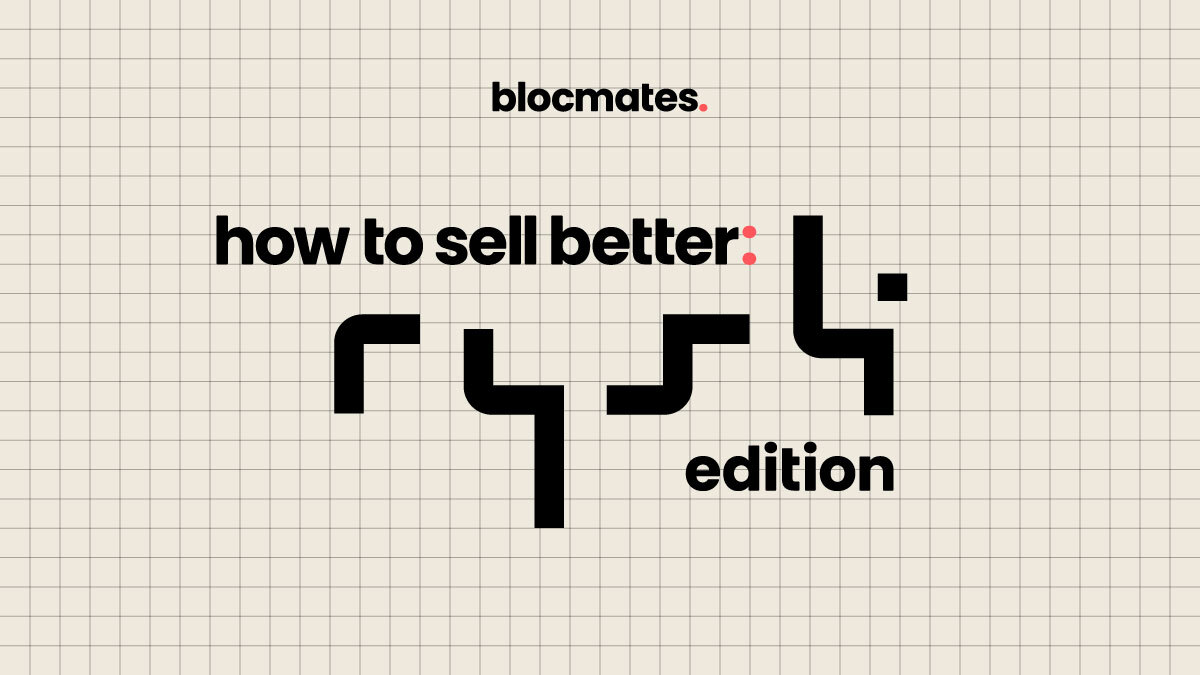
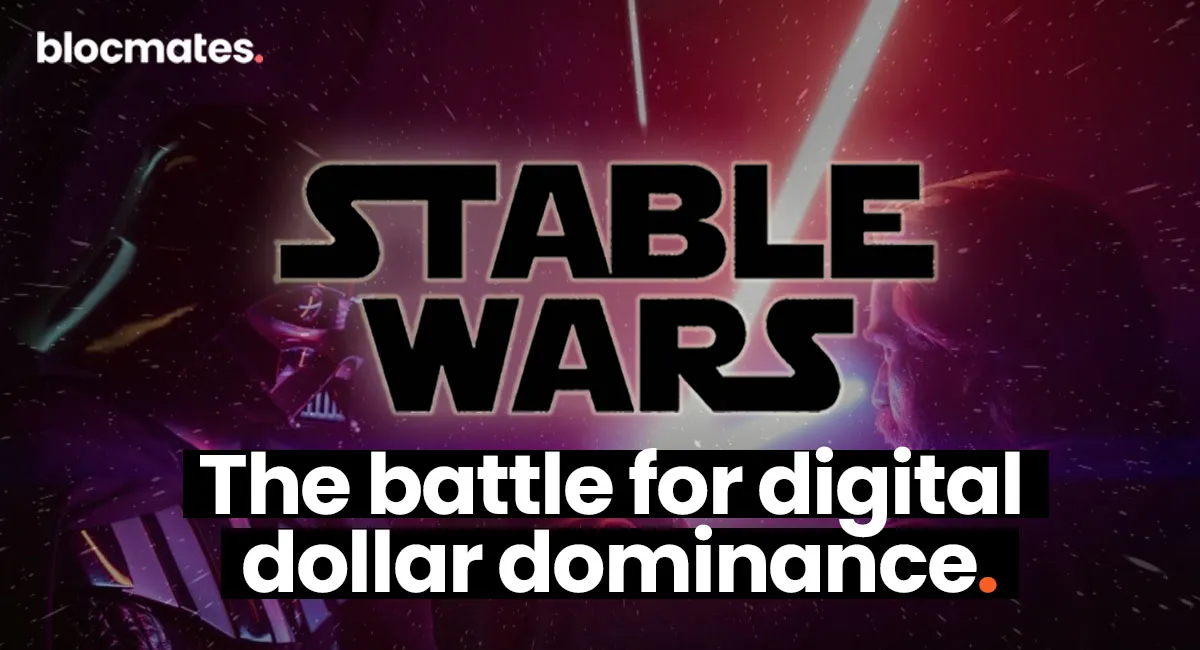






















%202.webp)


.webp)

.webp)
.webp)
.webp)



.webp)

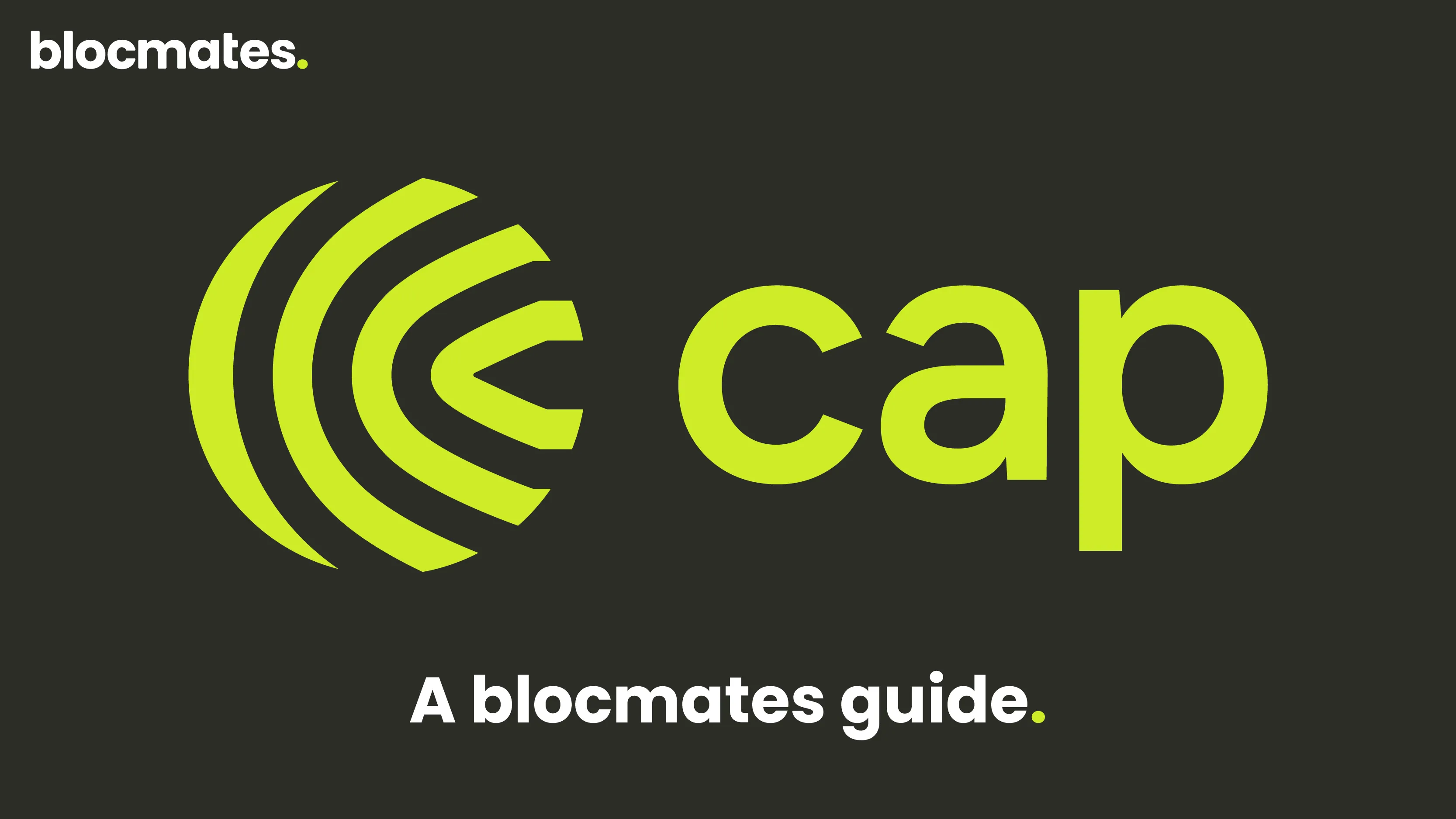










%20the%20Next%20Big%20Unlock%20in%20AI.webp)




.webp)
.webp)

.webp)
.webp)
.webp)


.webp)
.webp)










.webp)


.webp)









.webp)







.webp)
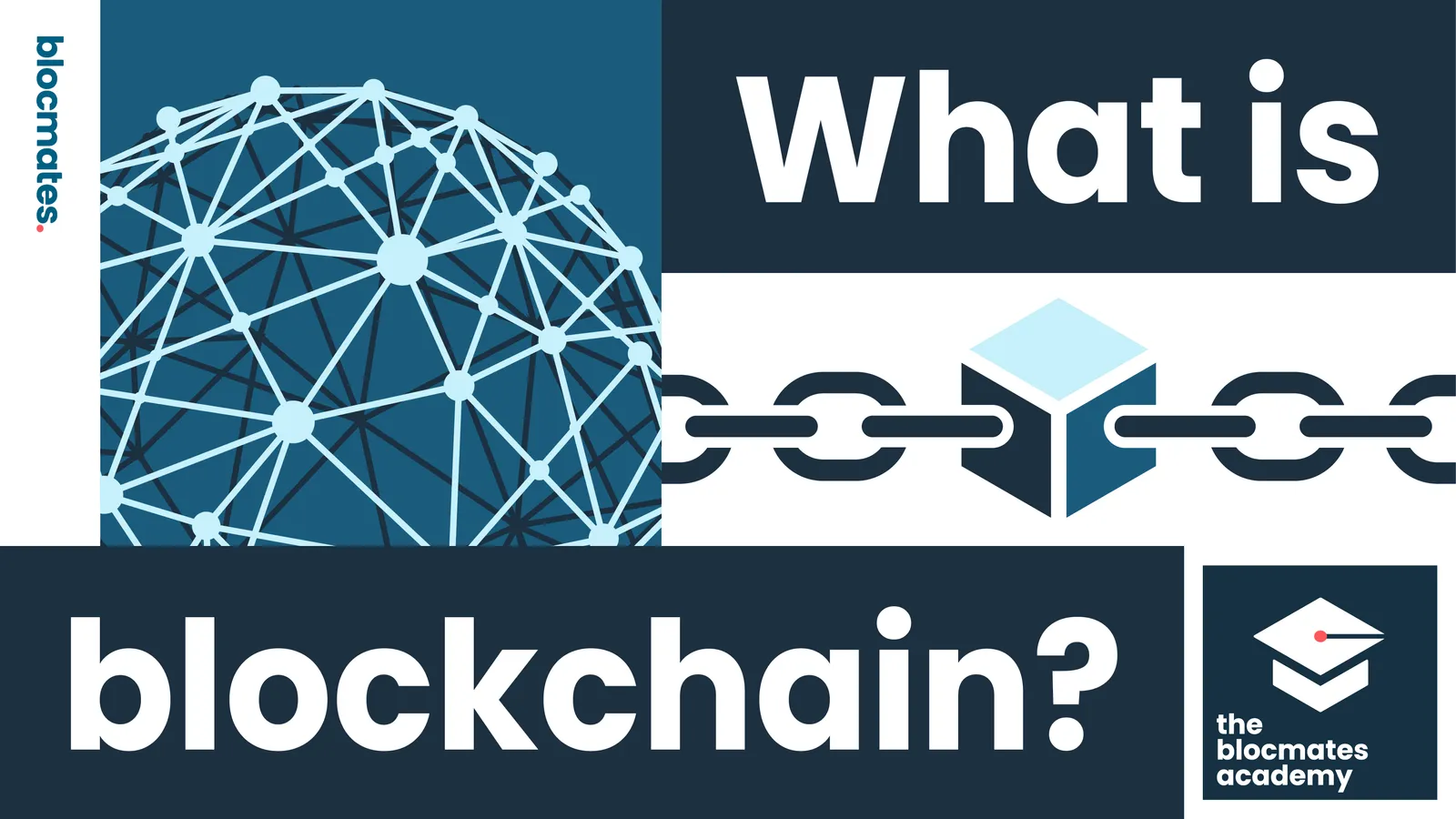



.webp)

















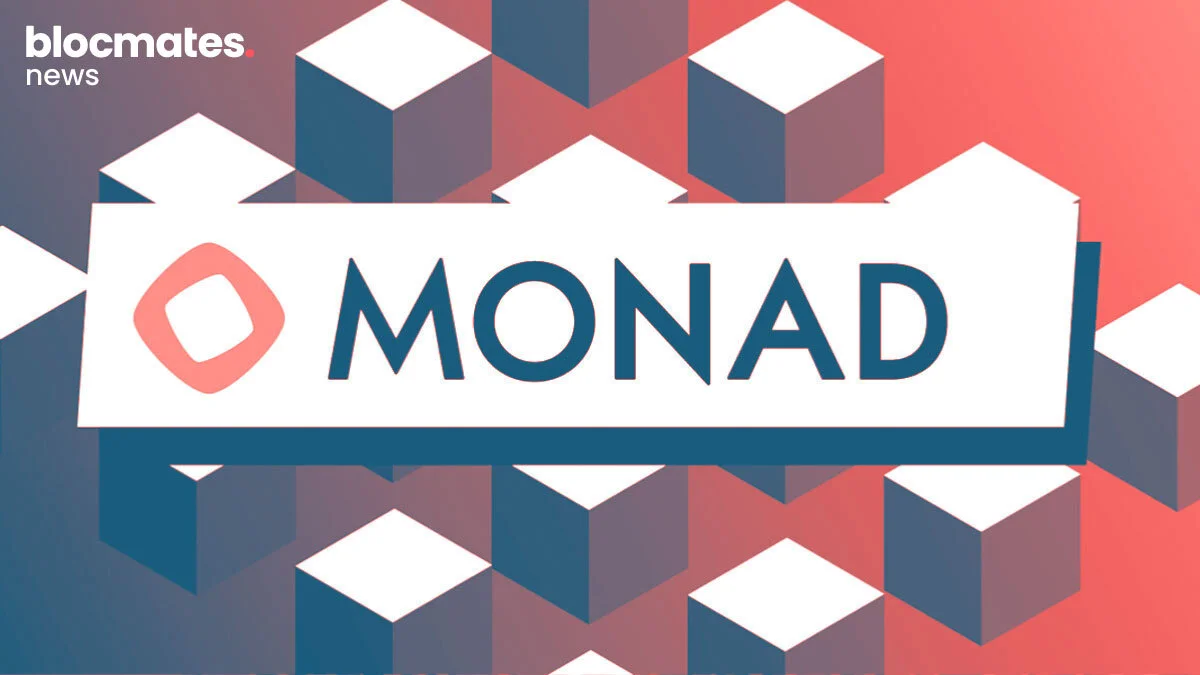








.webp)
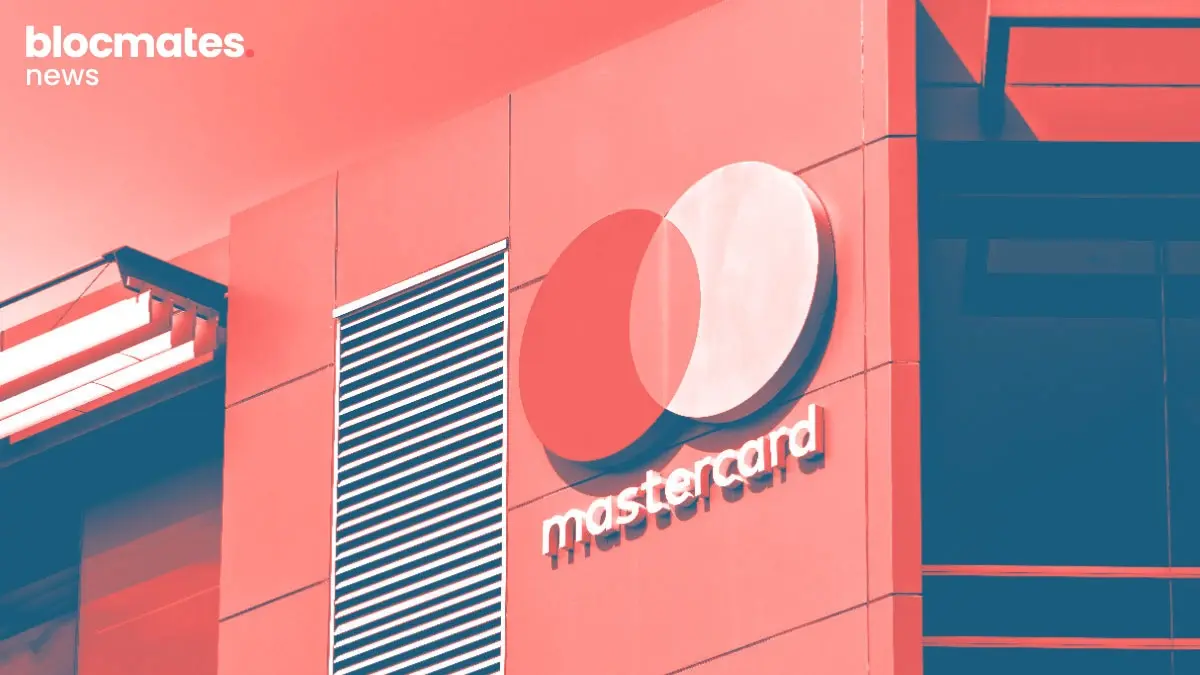






.webp)


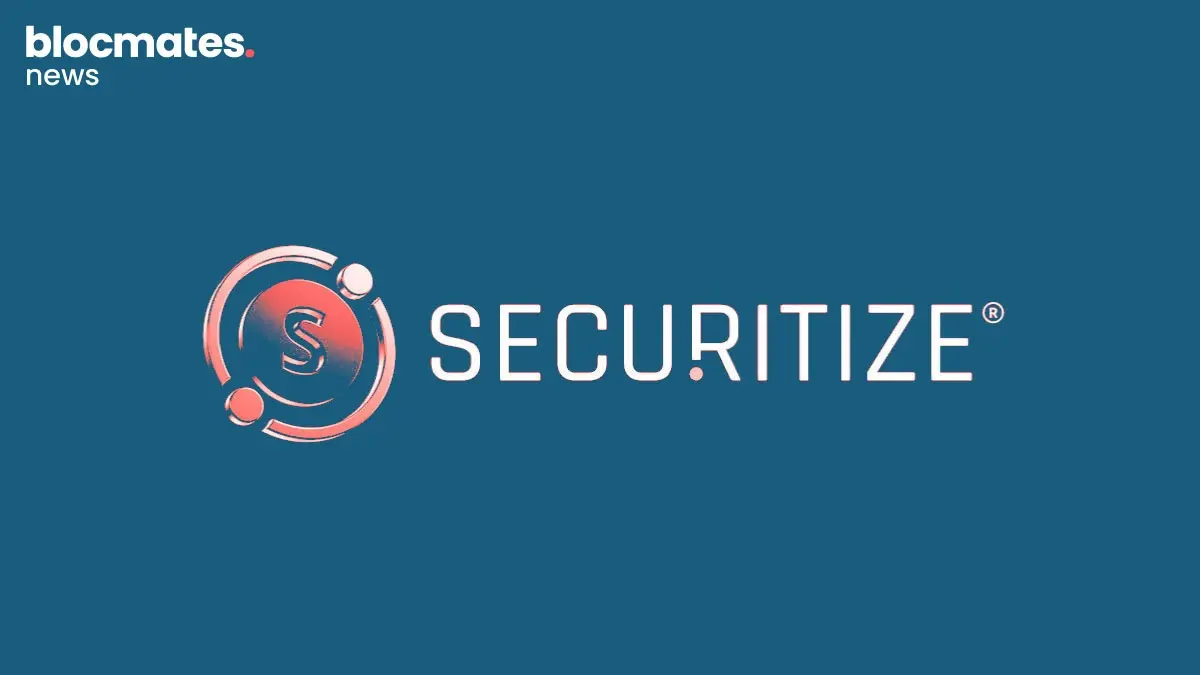

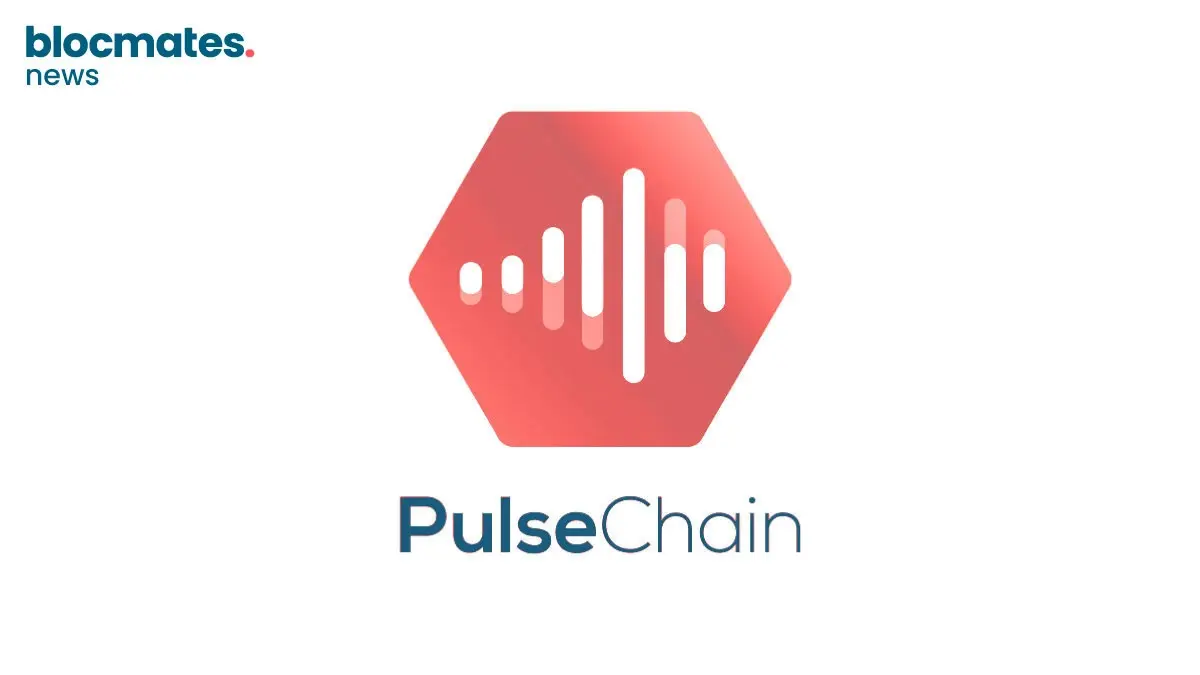
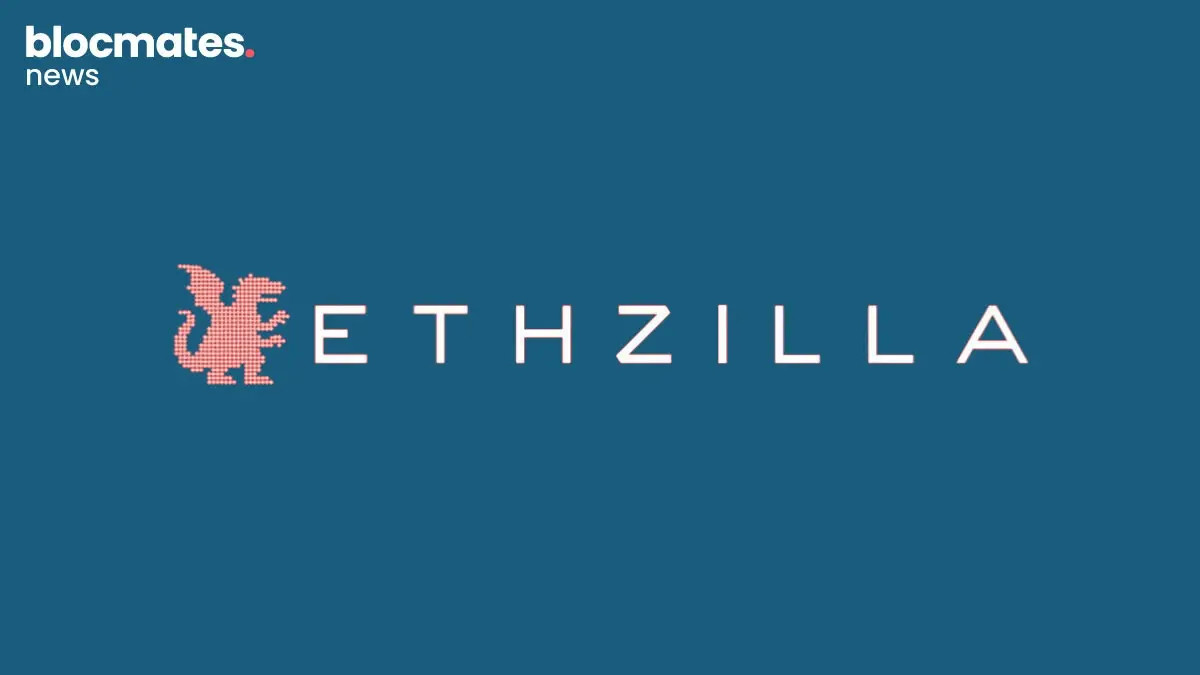
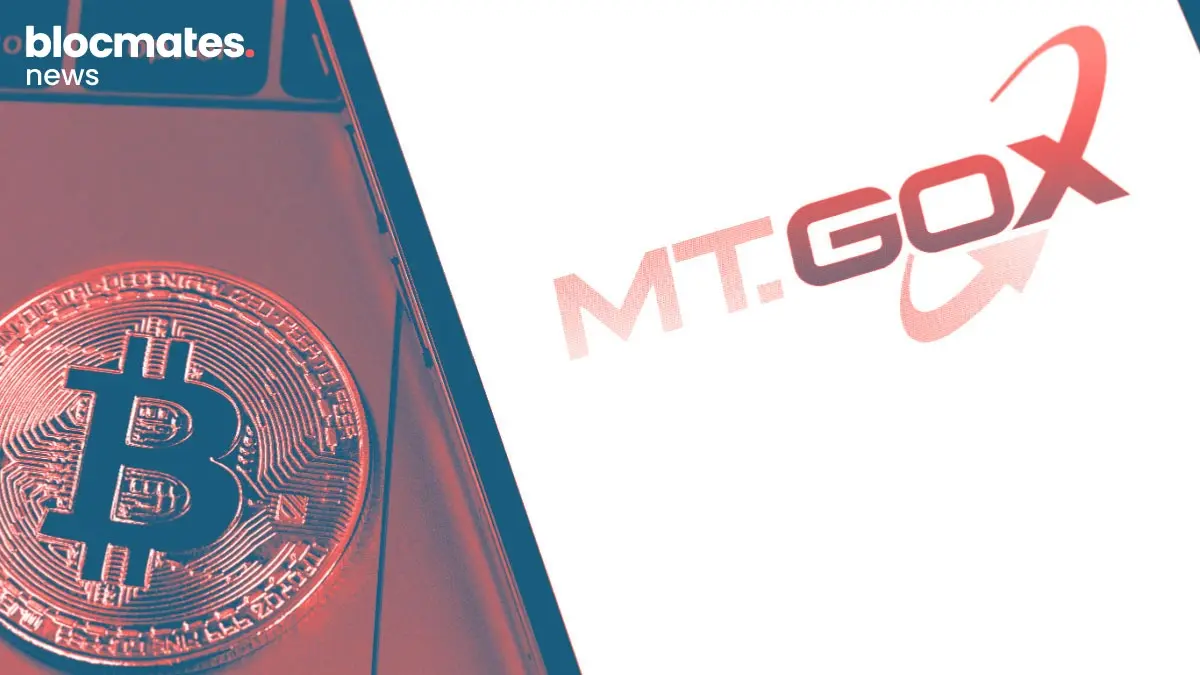

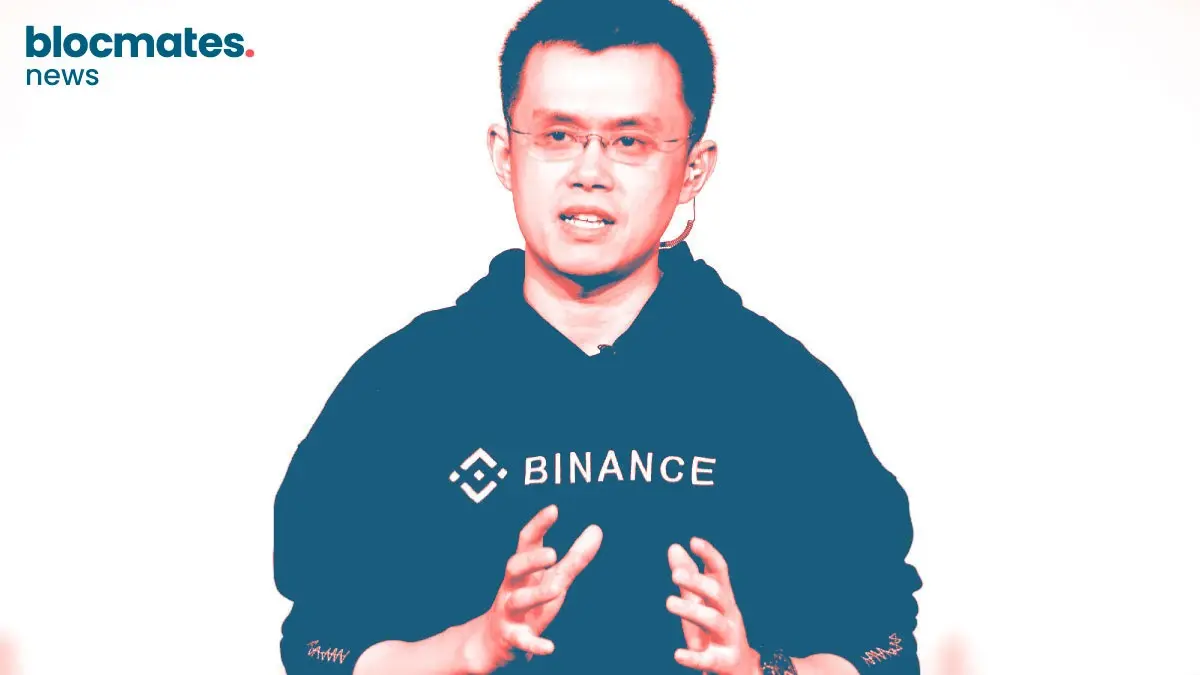


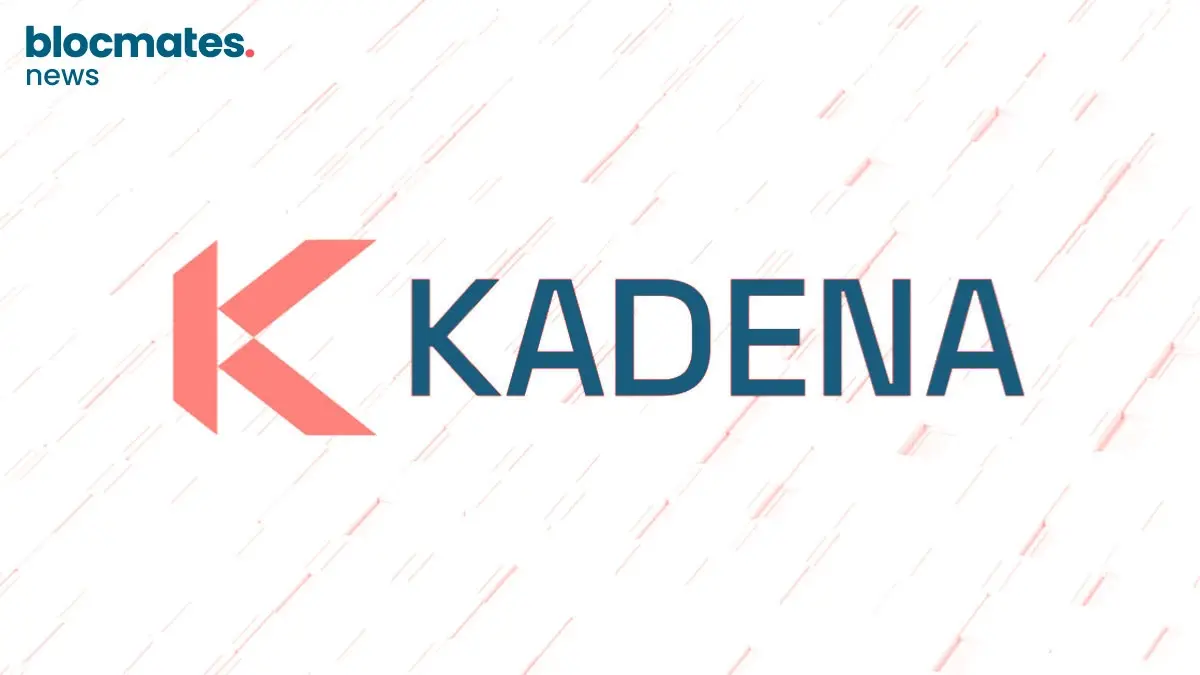


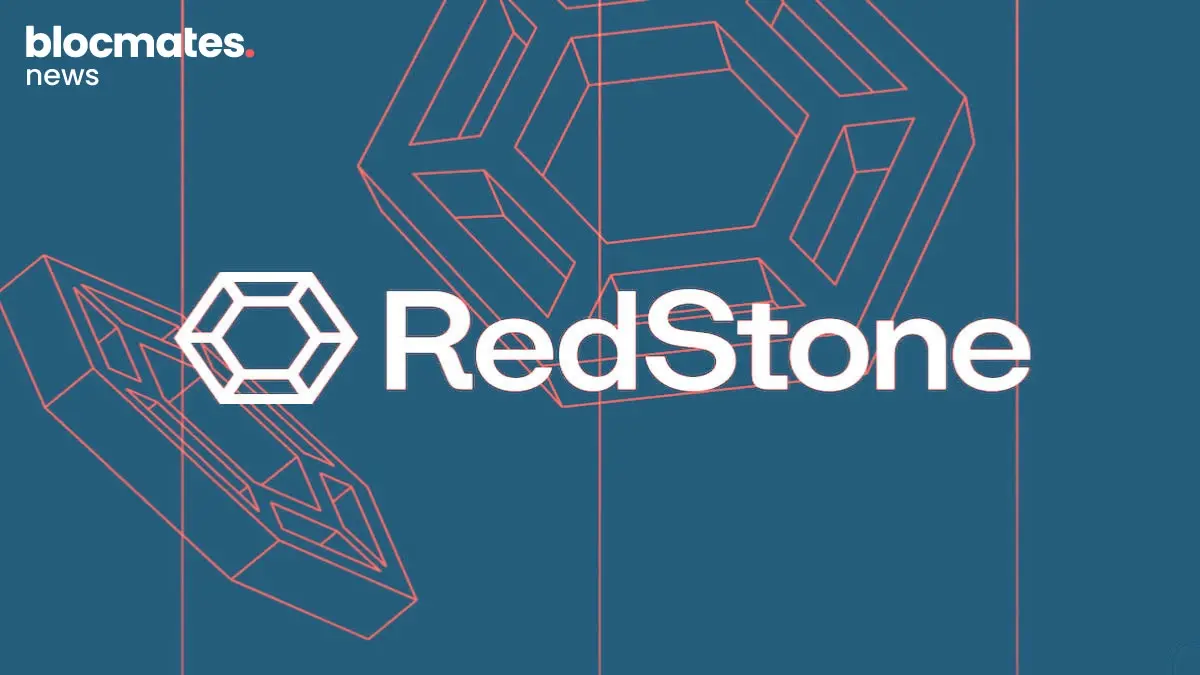
.webp)

.webp)
.webp)

.webp)


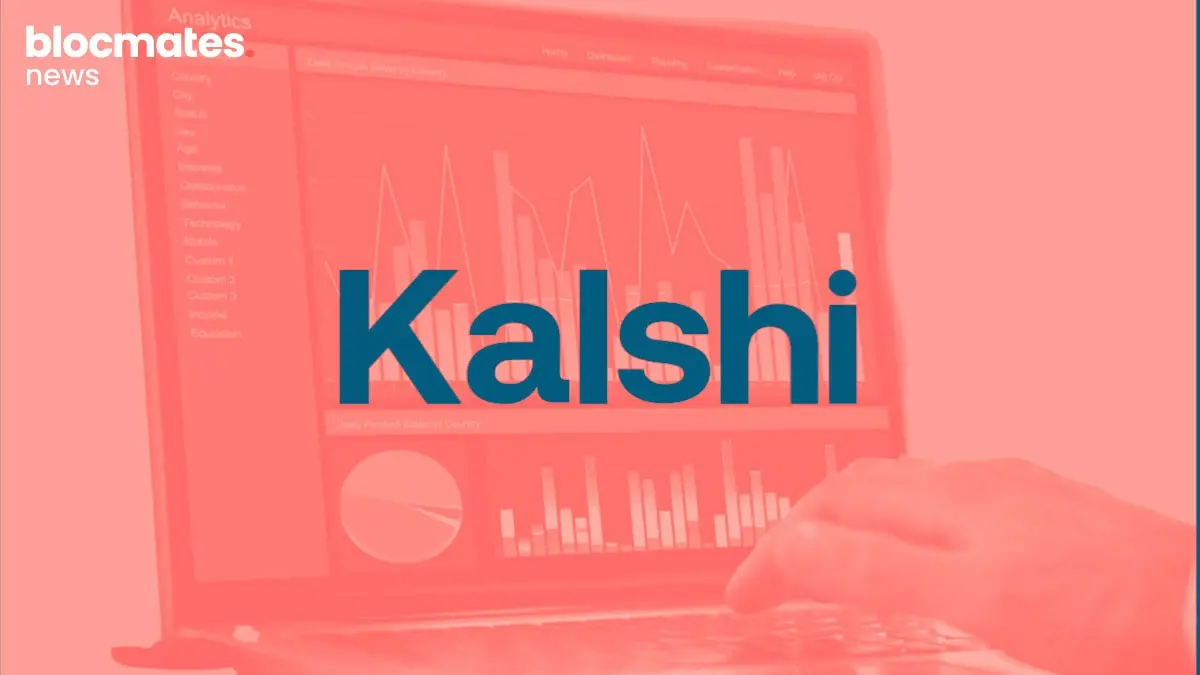
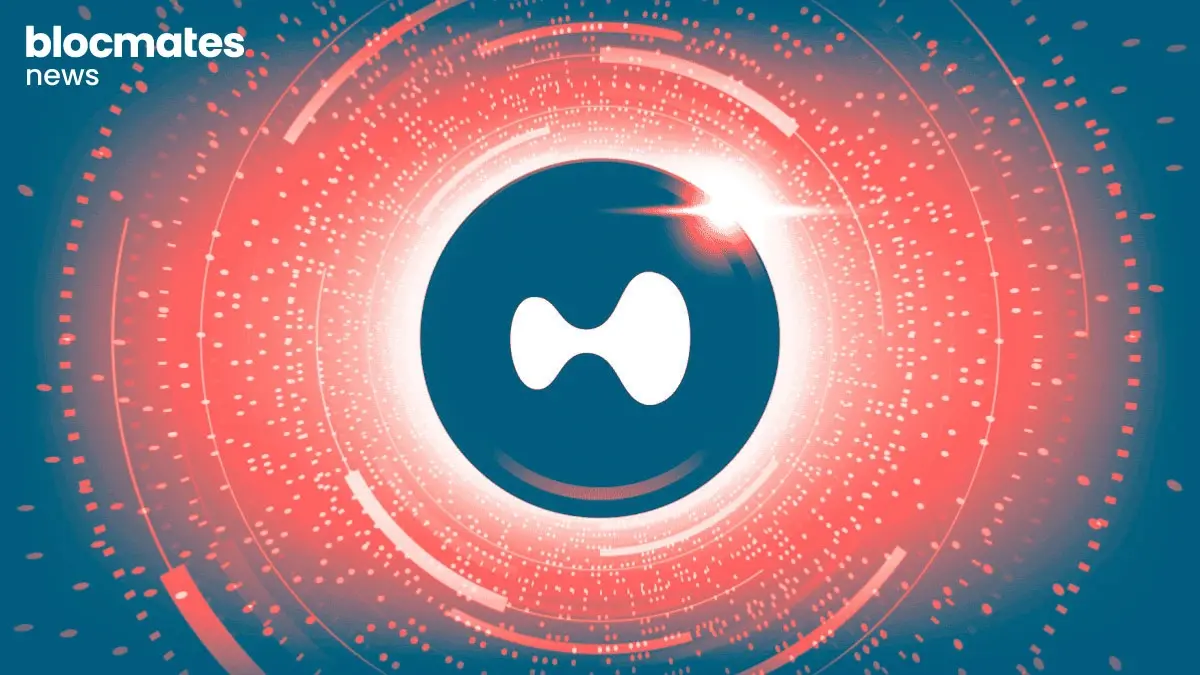




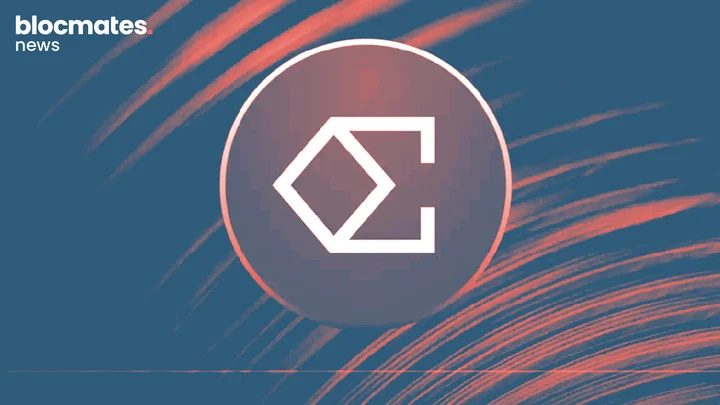


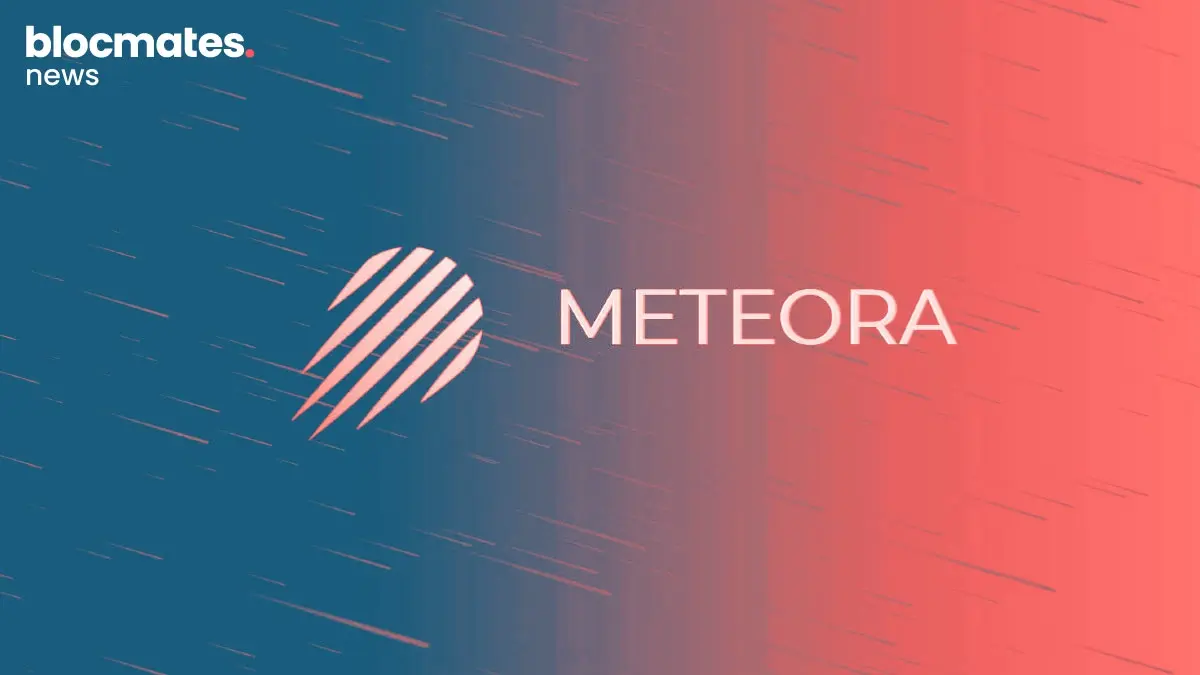


.webp)

.webp)

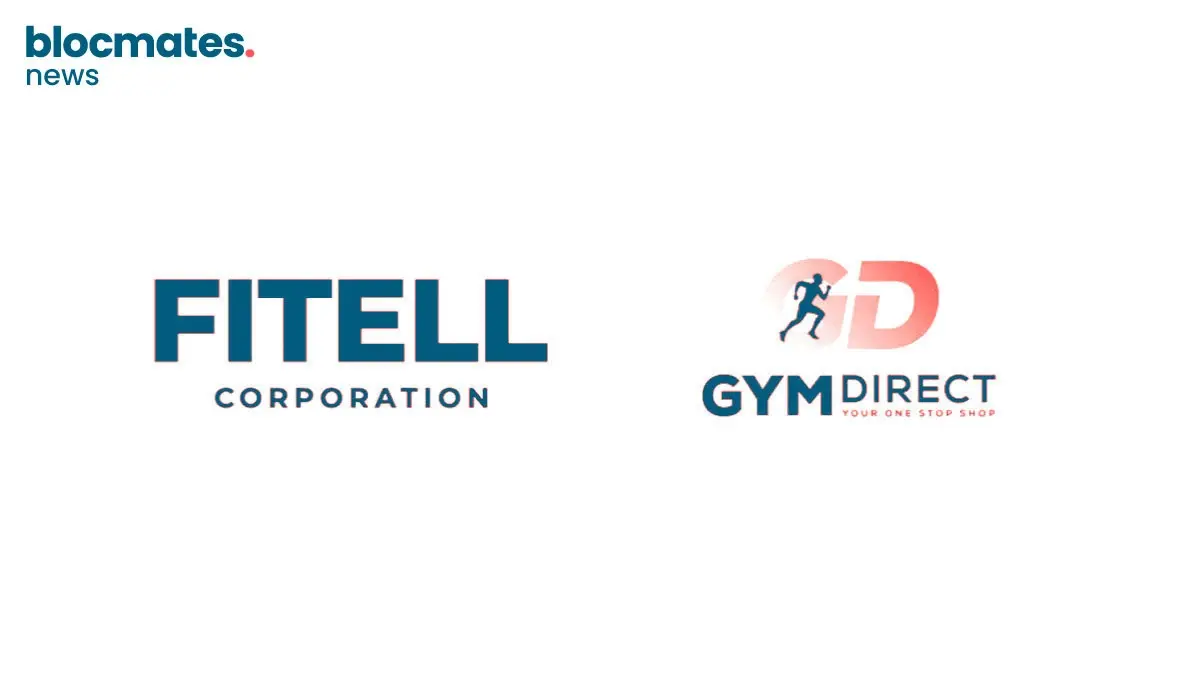
.webp)



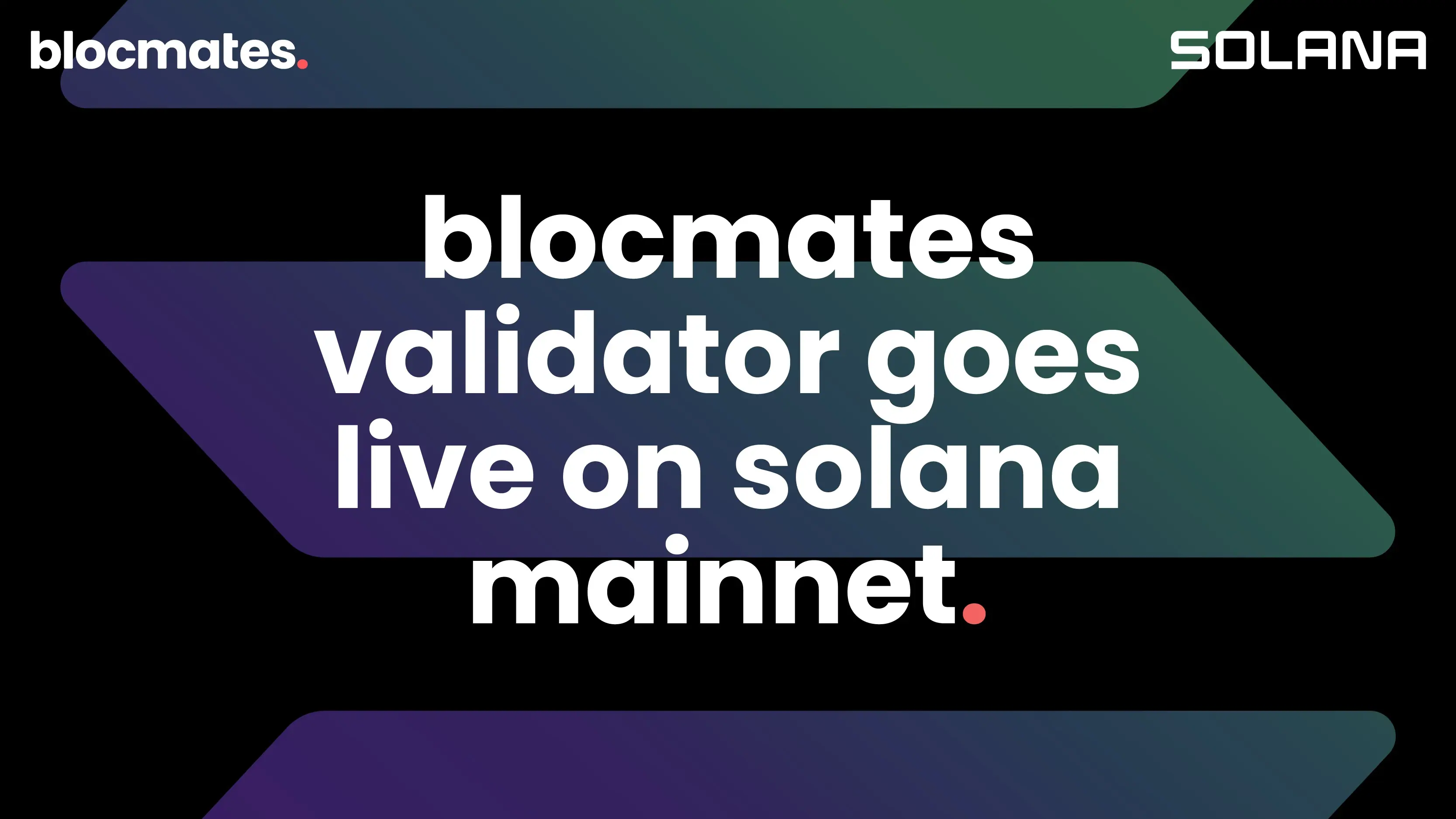
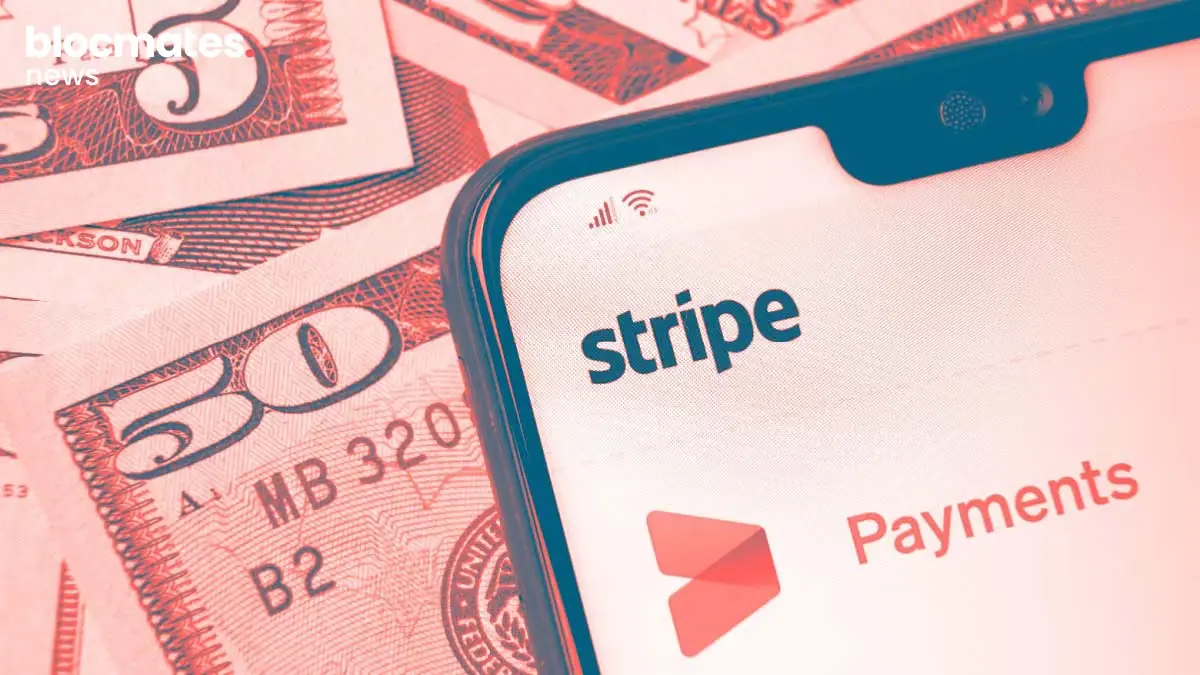



.webp)
